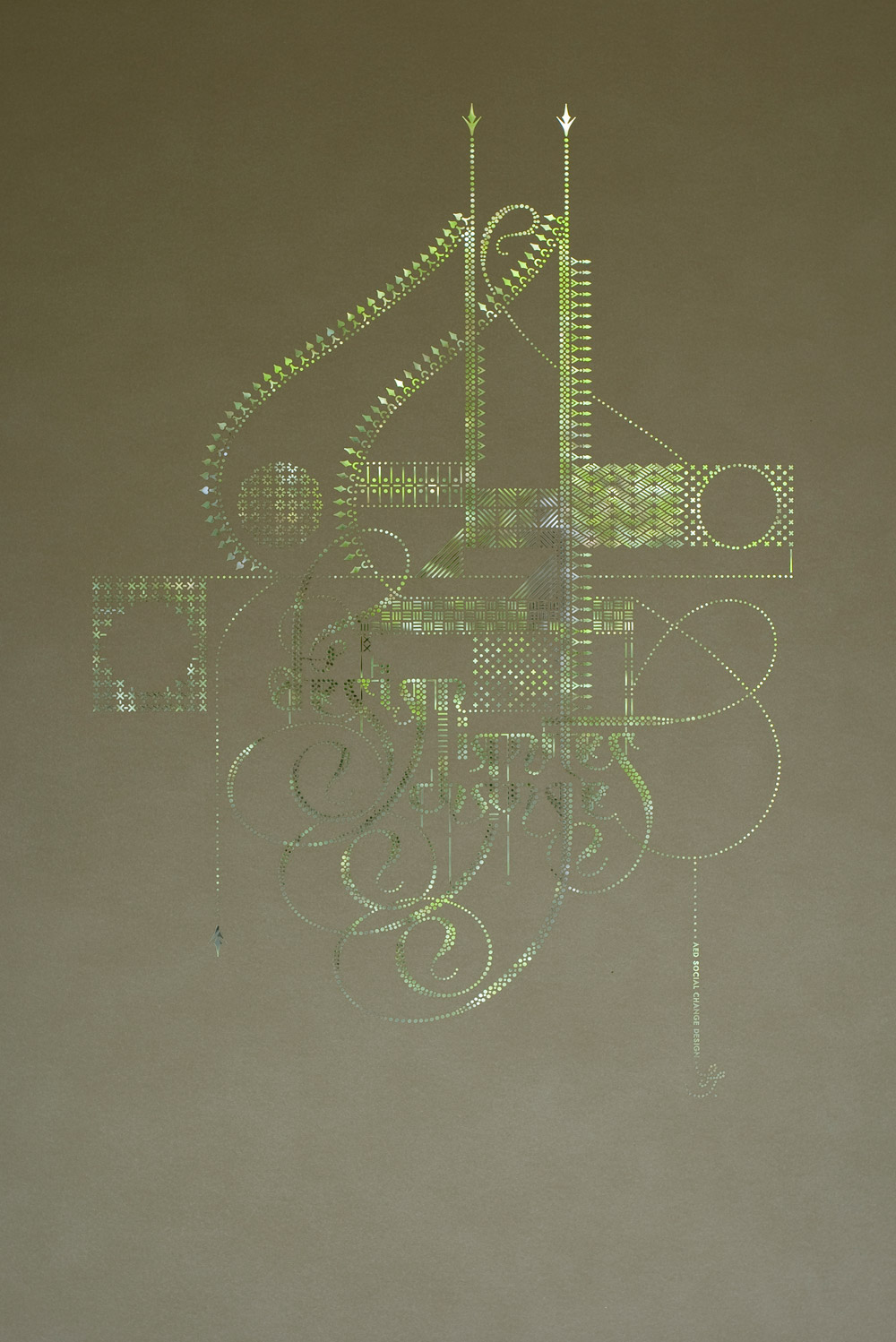cards (various)
1 playing cards
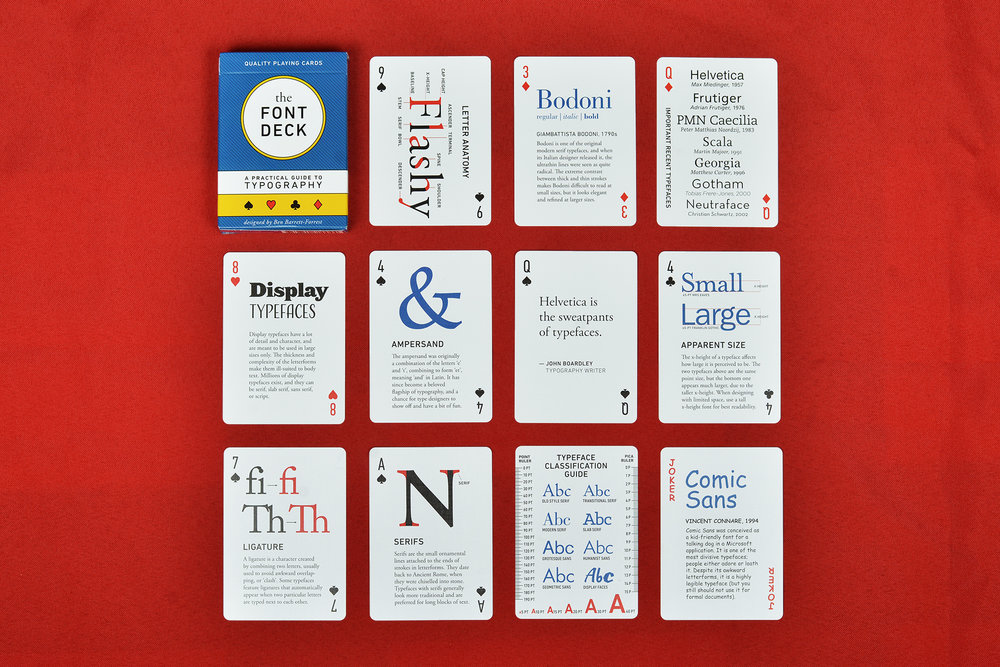
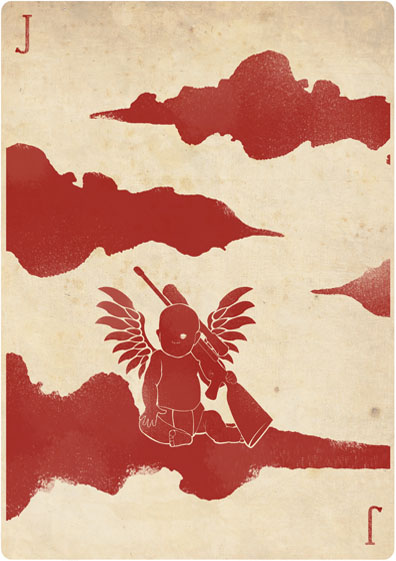
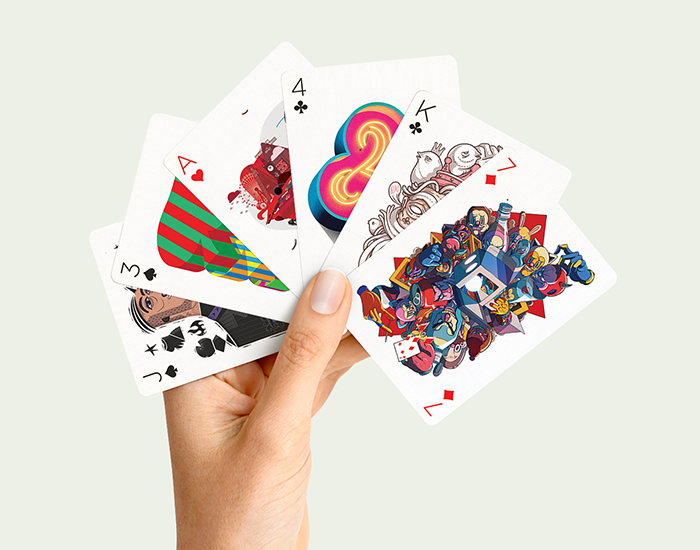 |
 |
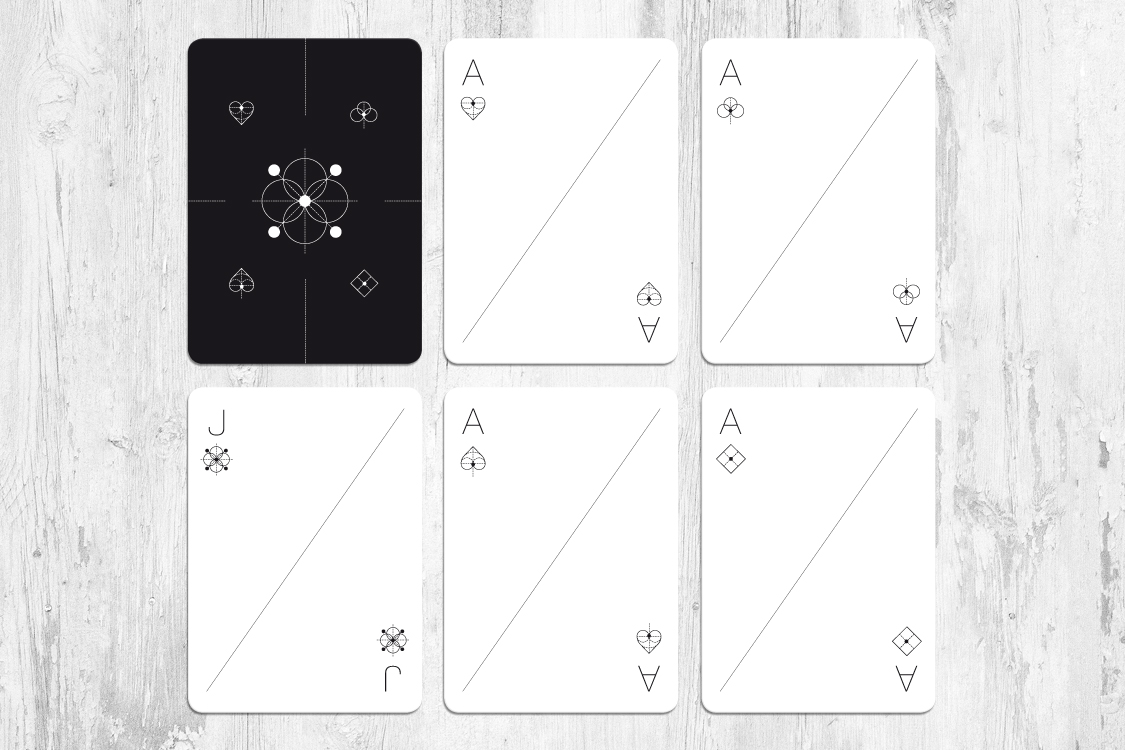
 |
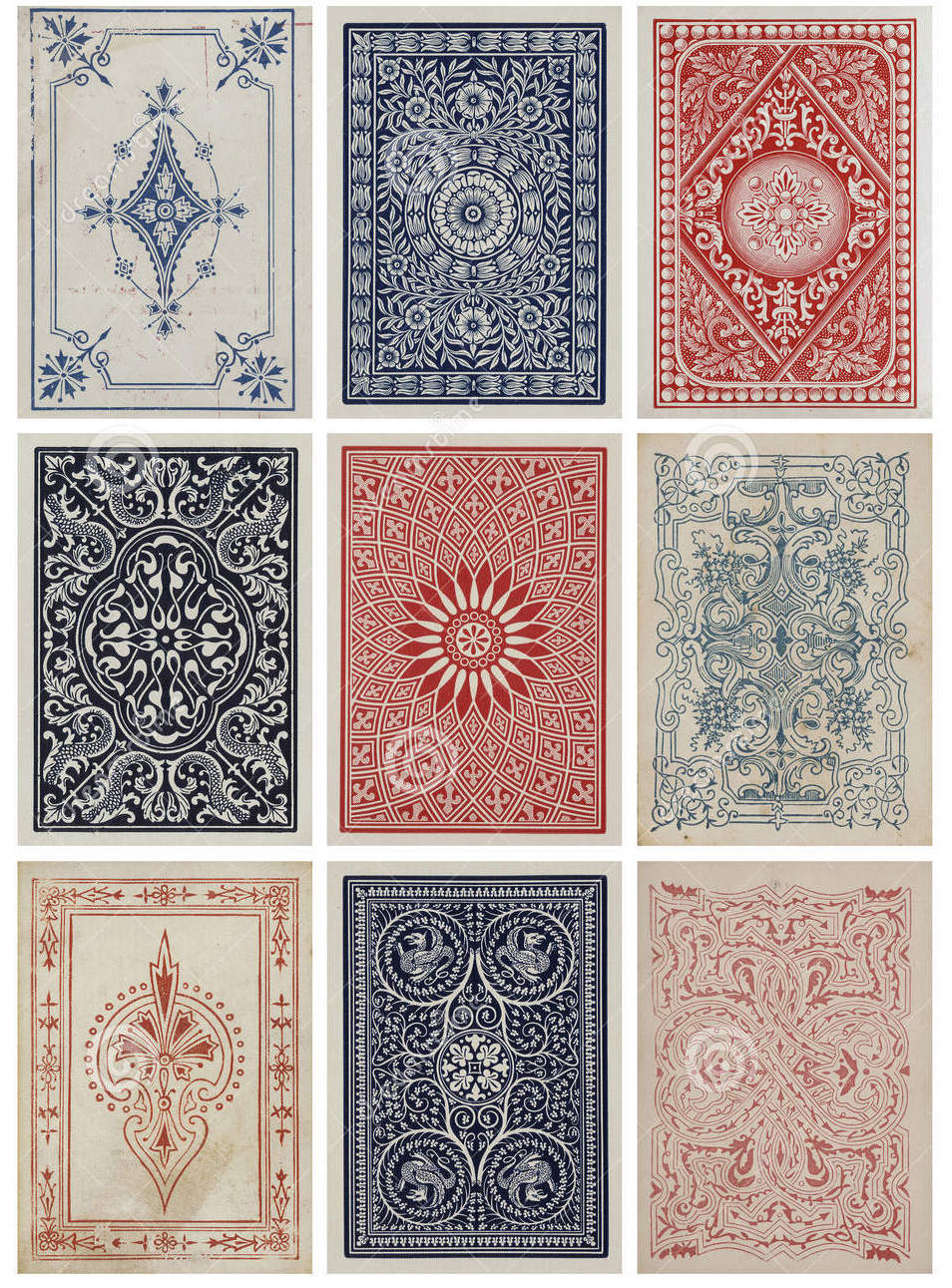 |
 |
 |
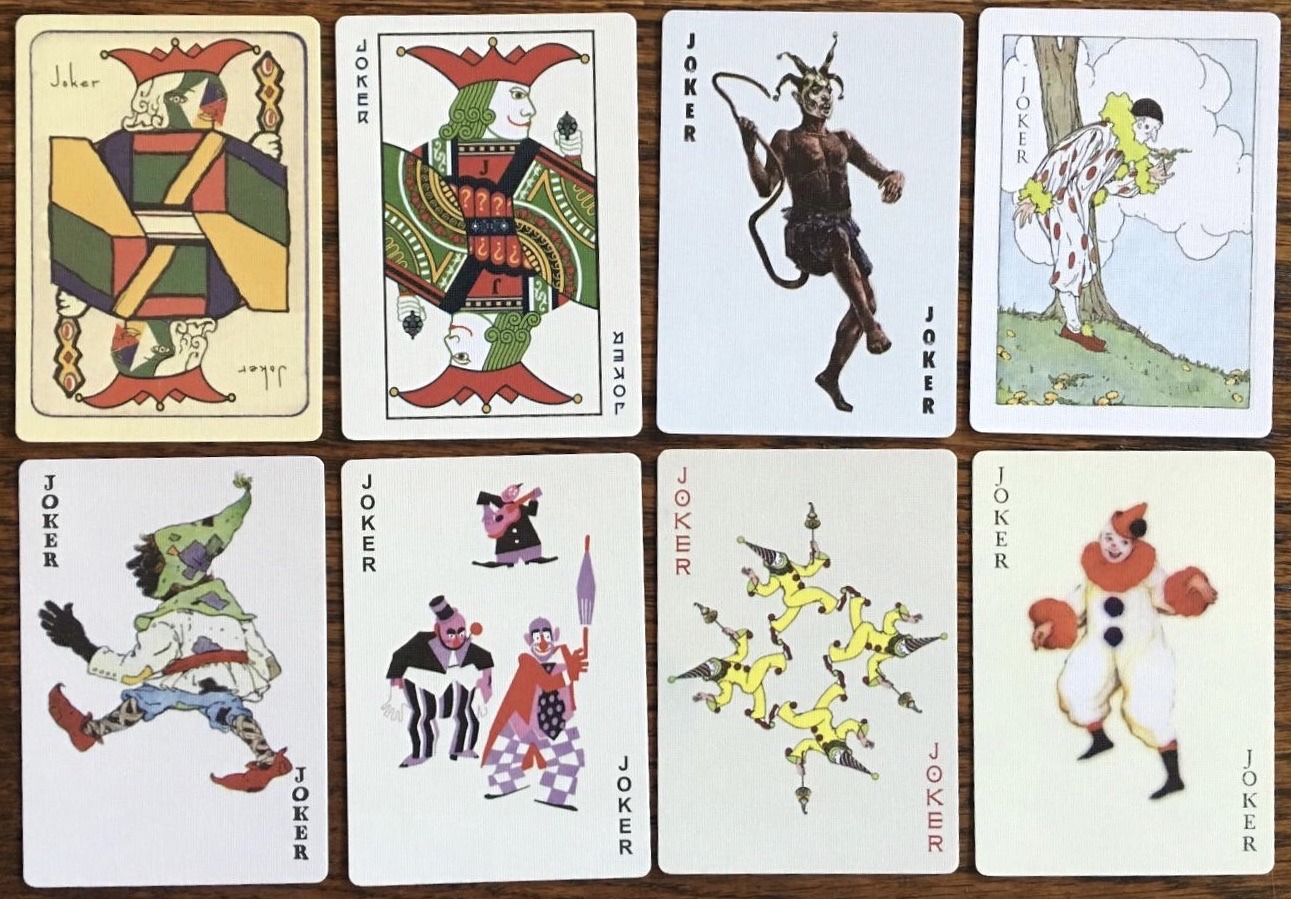 |
|
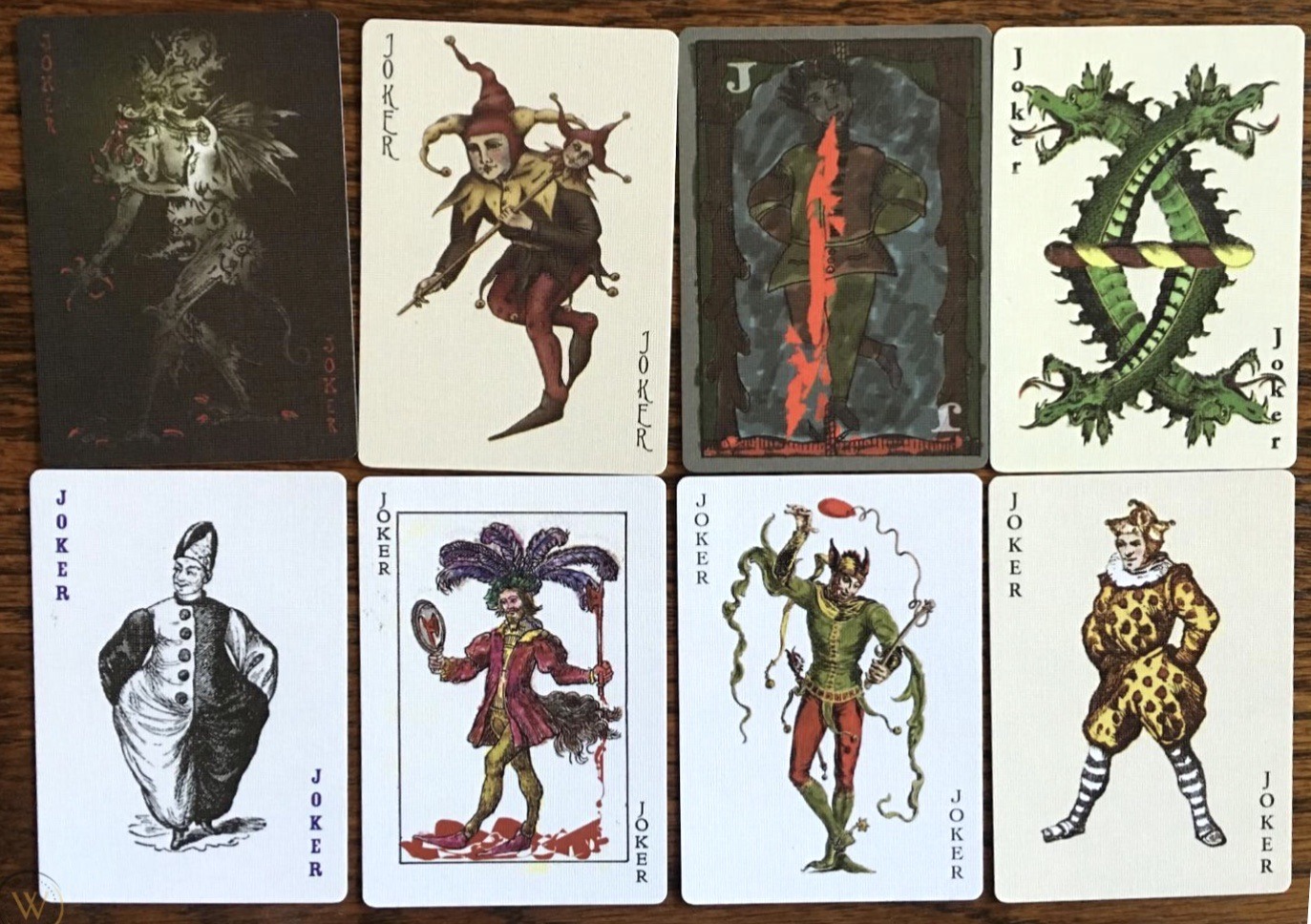 |
|
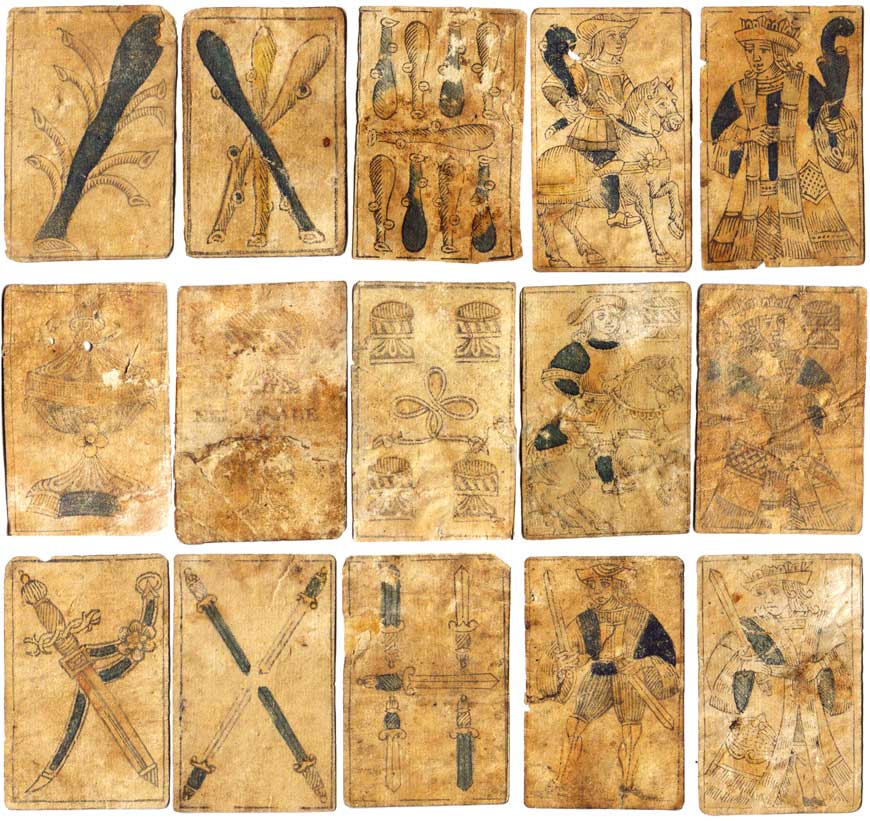
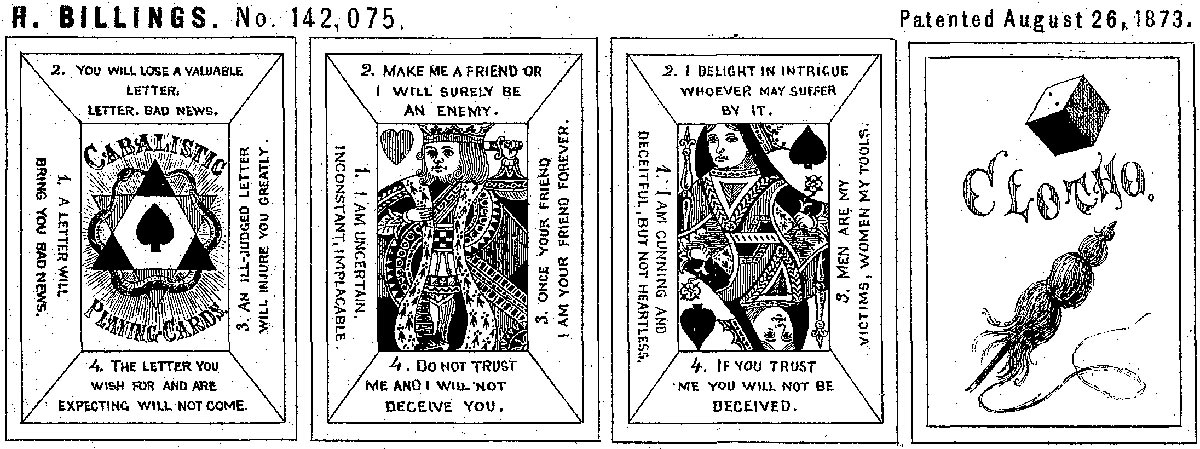 |
| Cabalistic Playing Cards, 1873 |
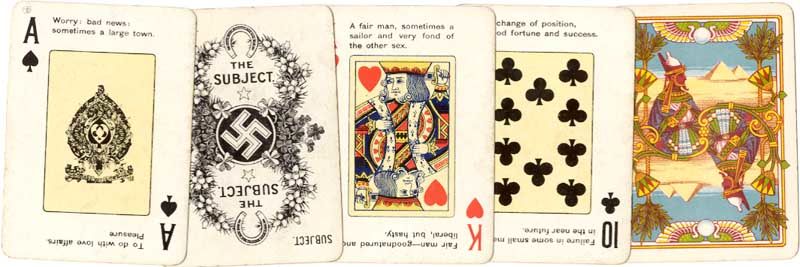 |
| The Rameses Fortune Telling Cards, manufactured by Chas. Goodall & Son Ltd, Camden Works, London, c.1910. 52 cards + extra 'Subject' card in box. |
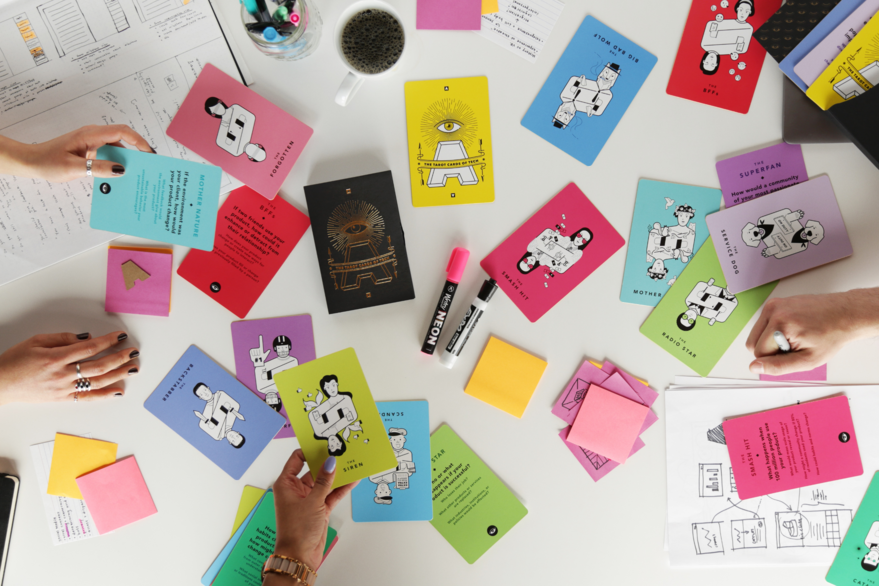 |
| The Tarot Cards of Tech |
2 Tarot (and variations)
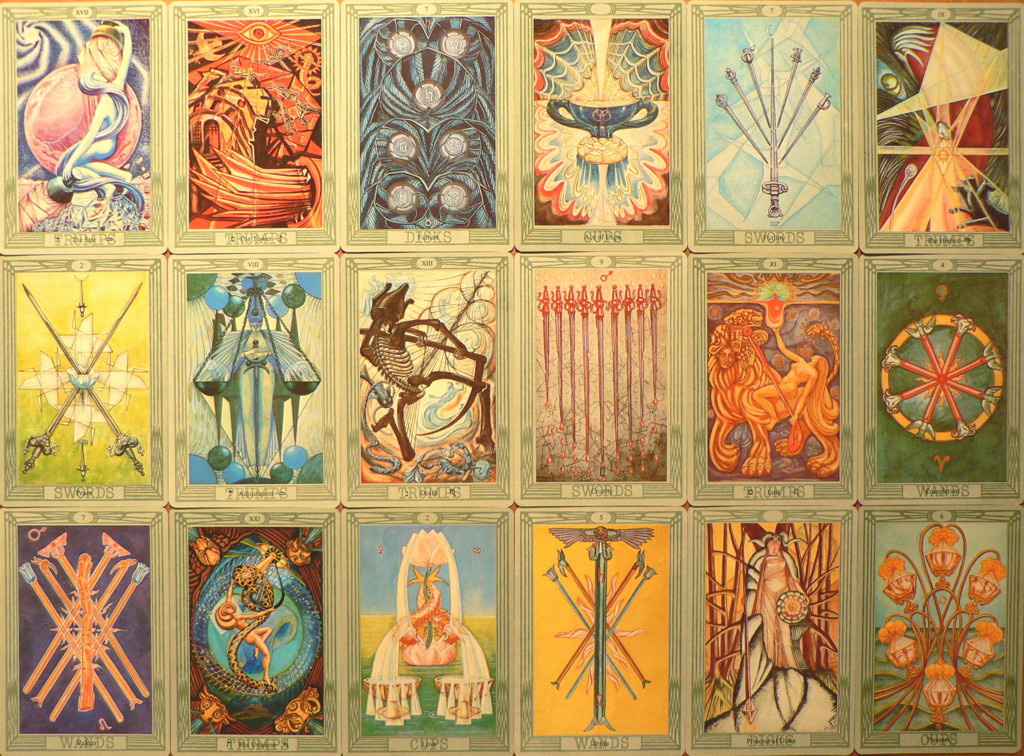
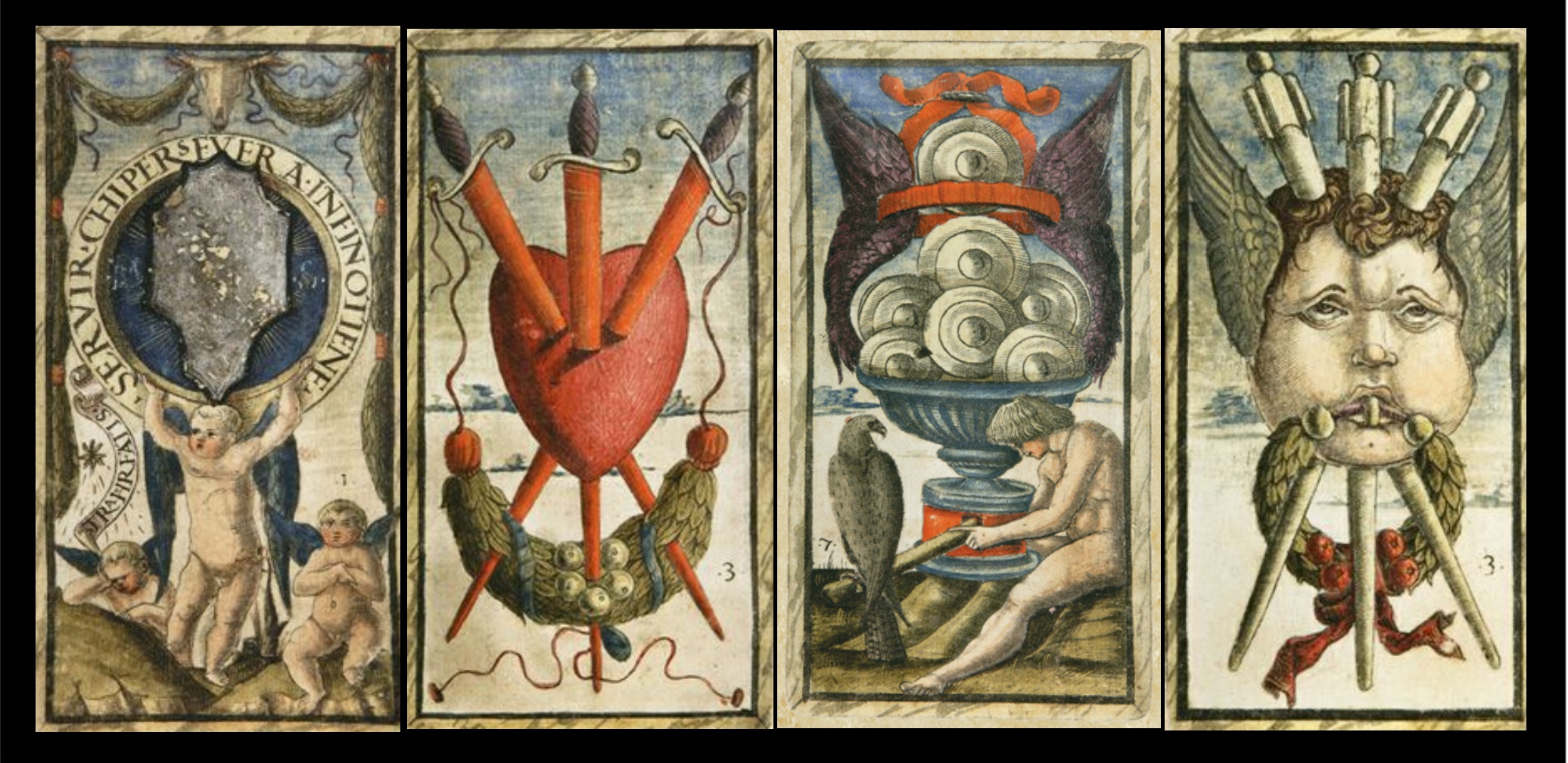
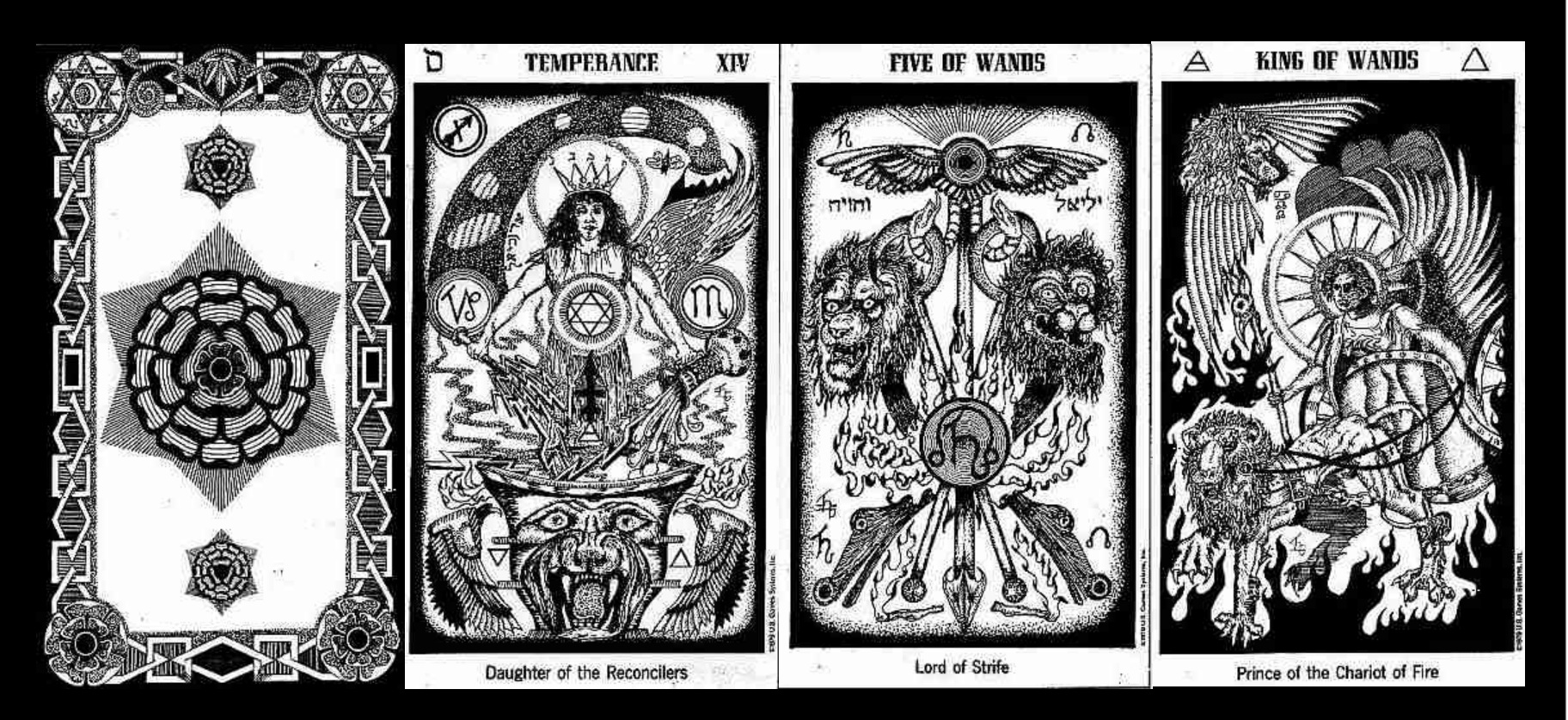
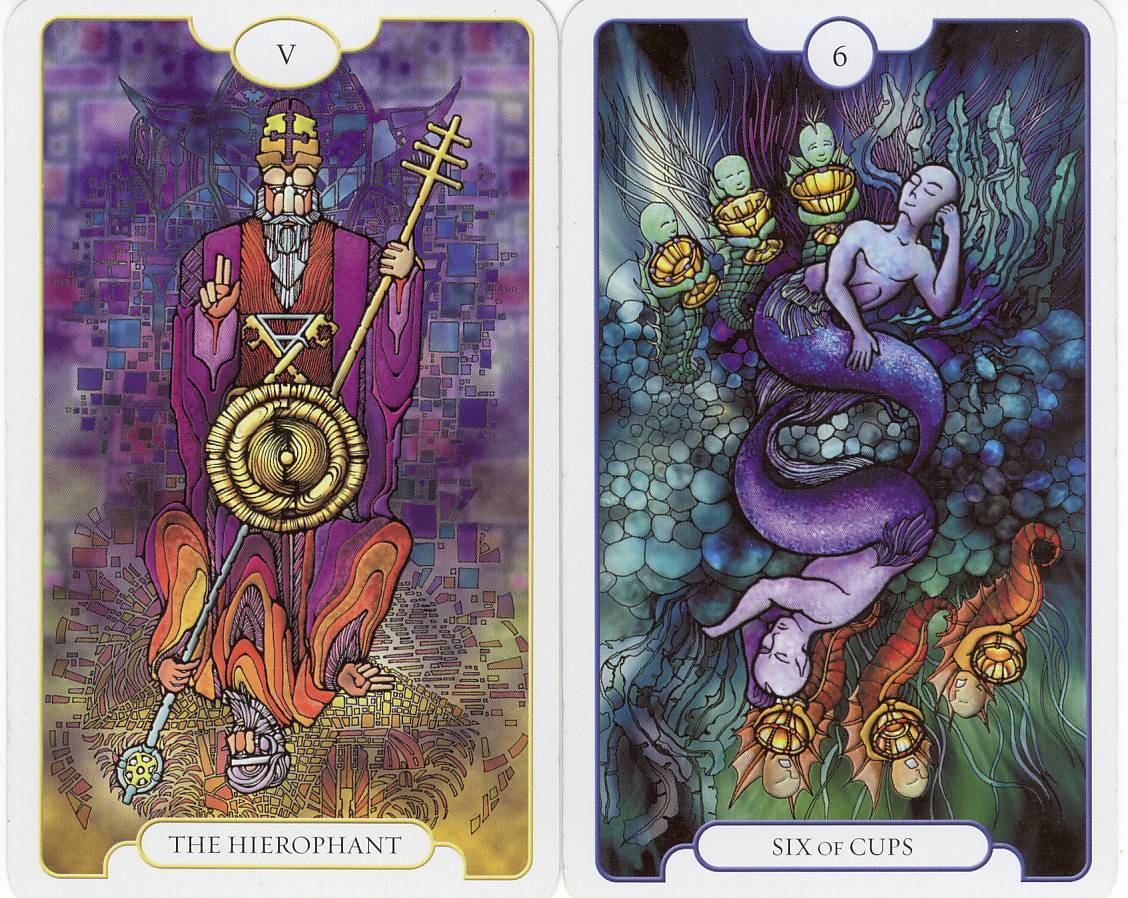
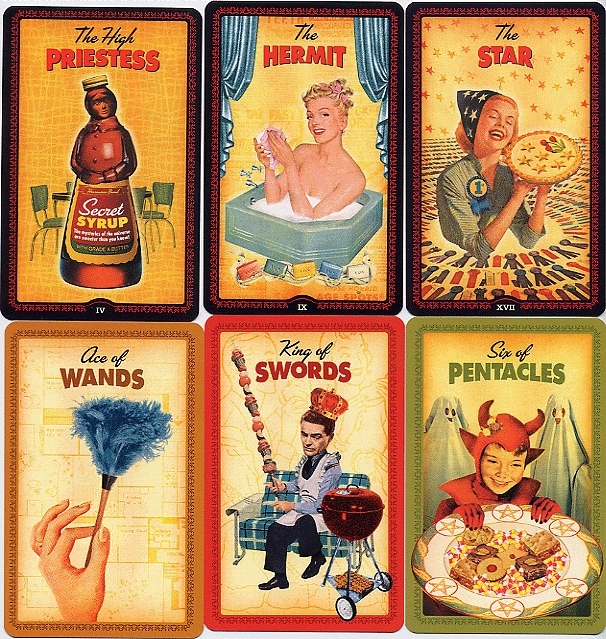 |
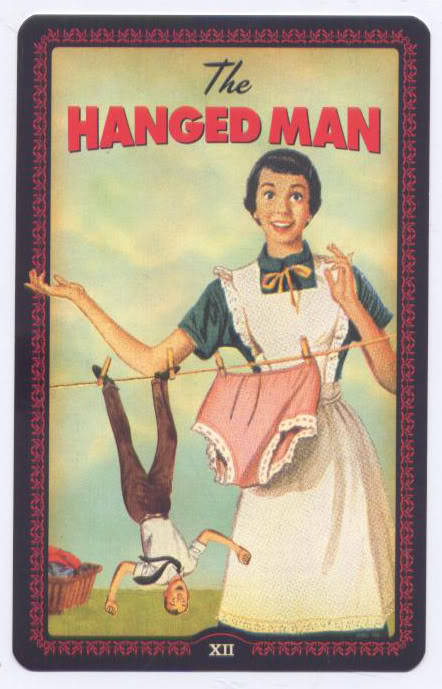 |
| 3 |
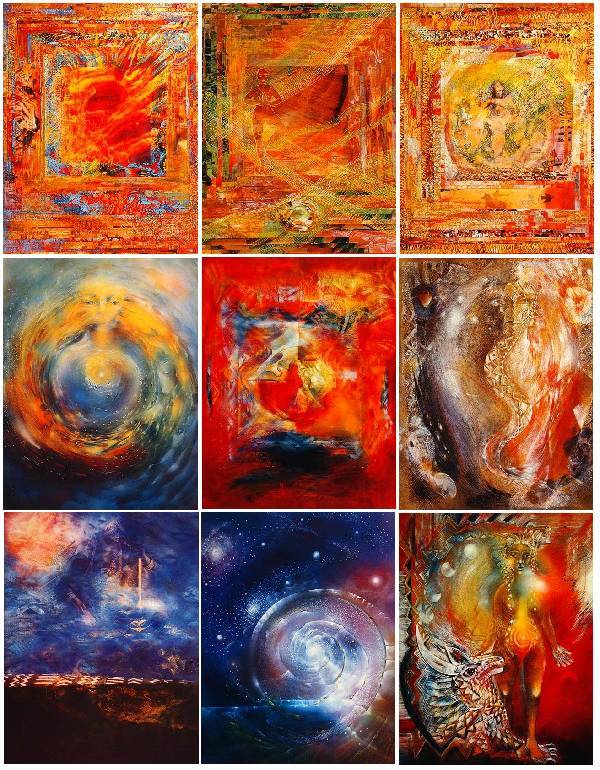
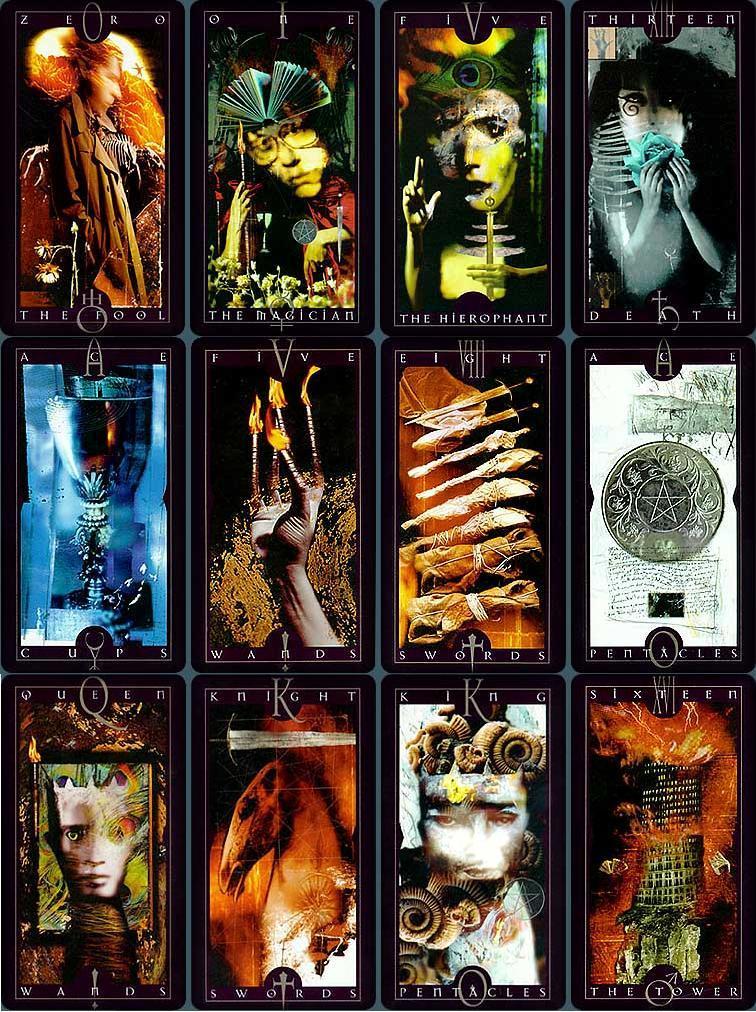


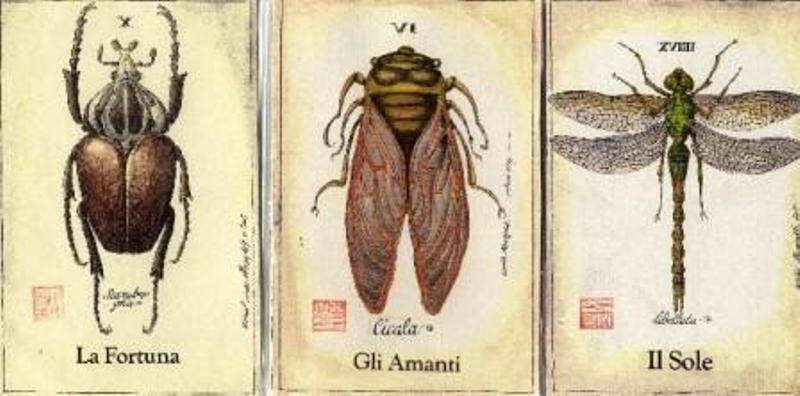
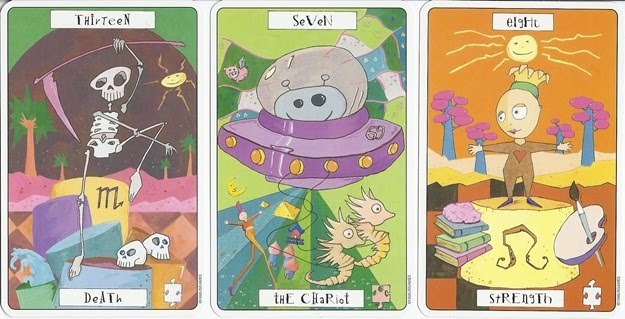
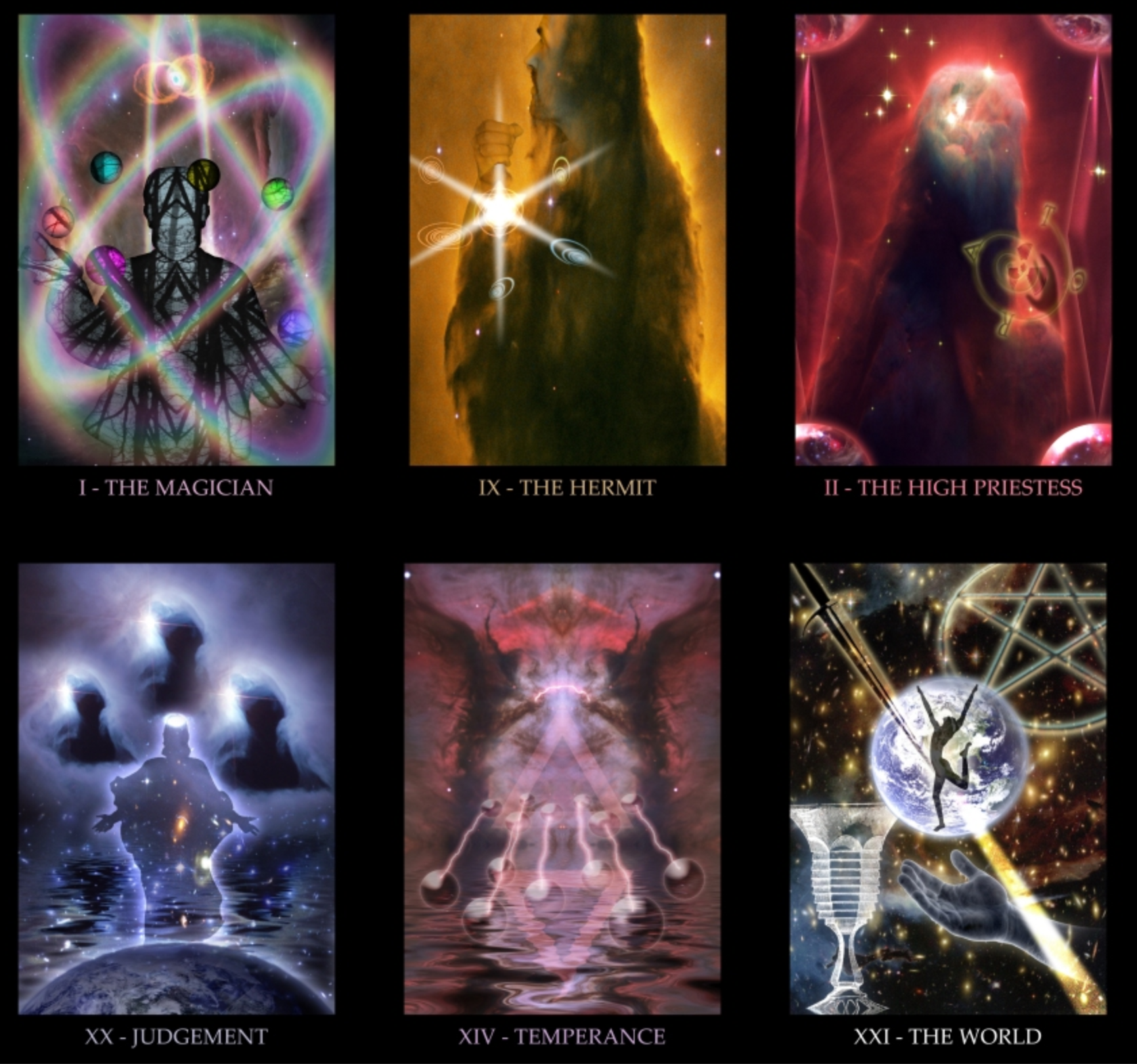
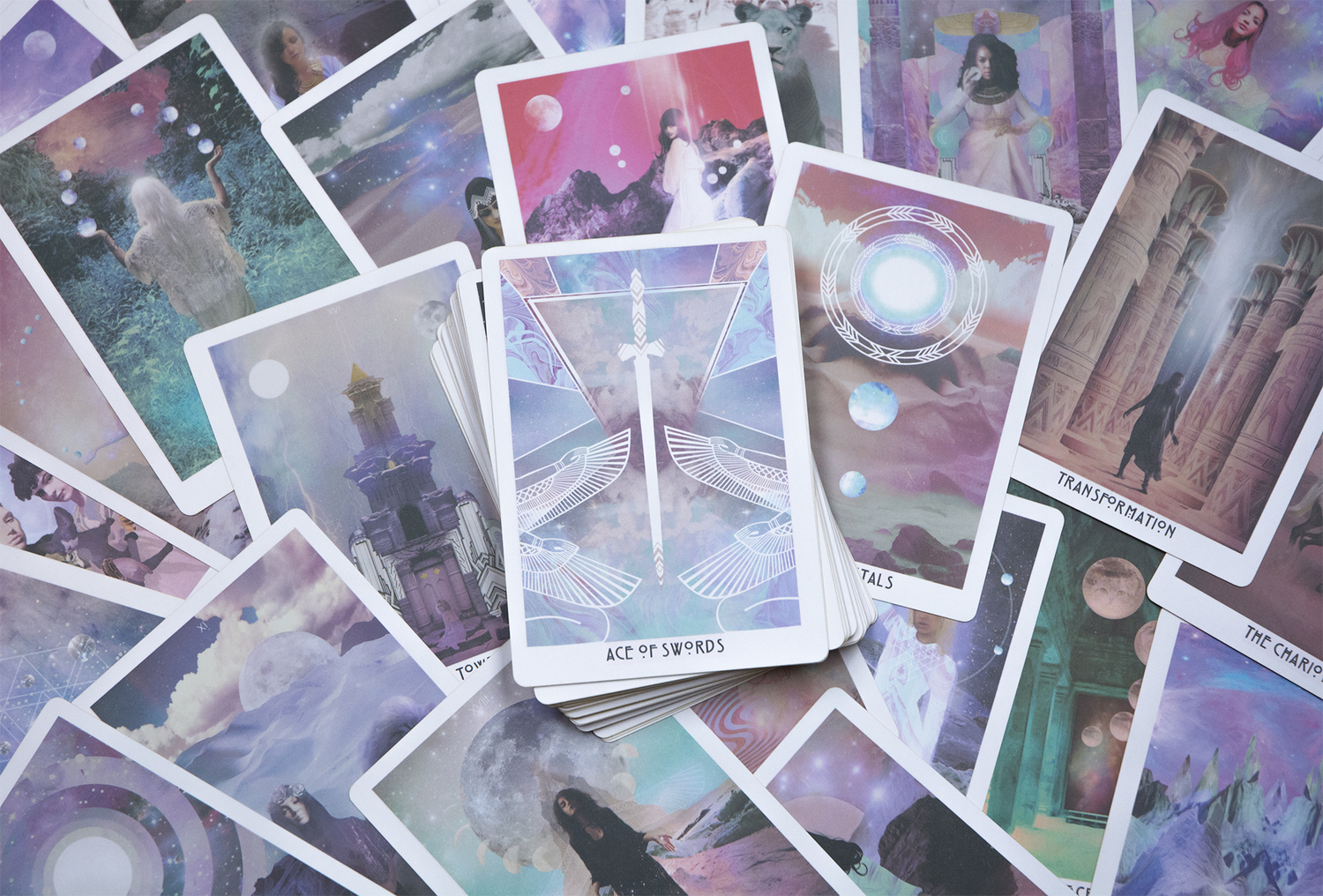
 |
| Dali Tarot - Taschen |
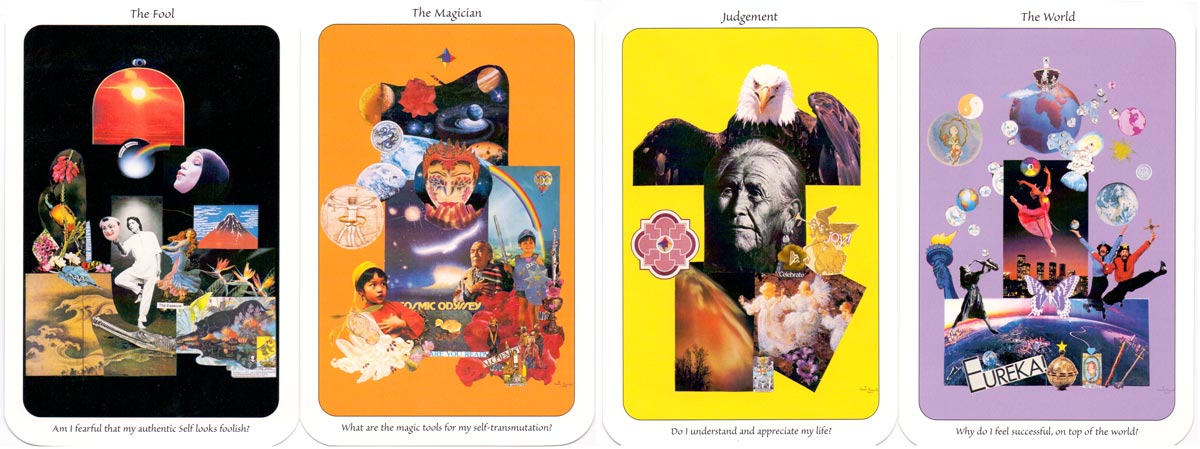
 |
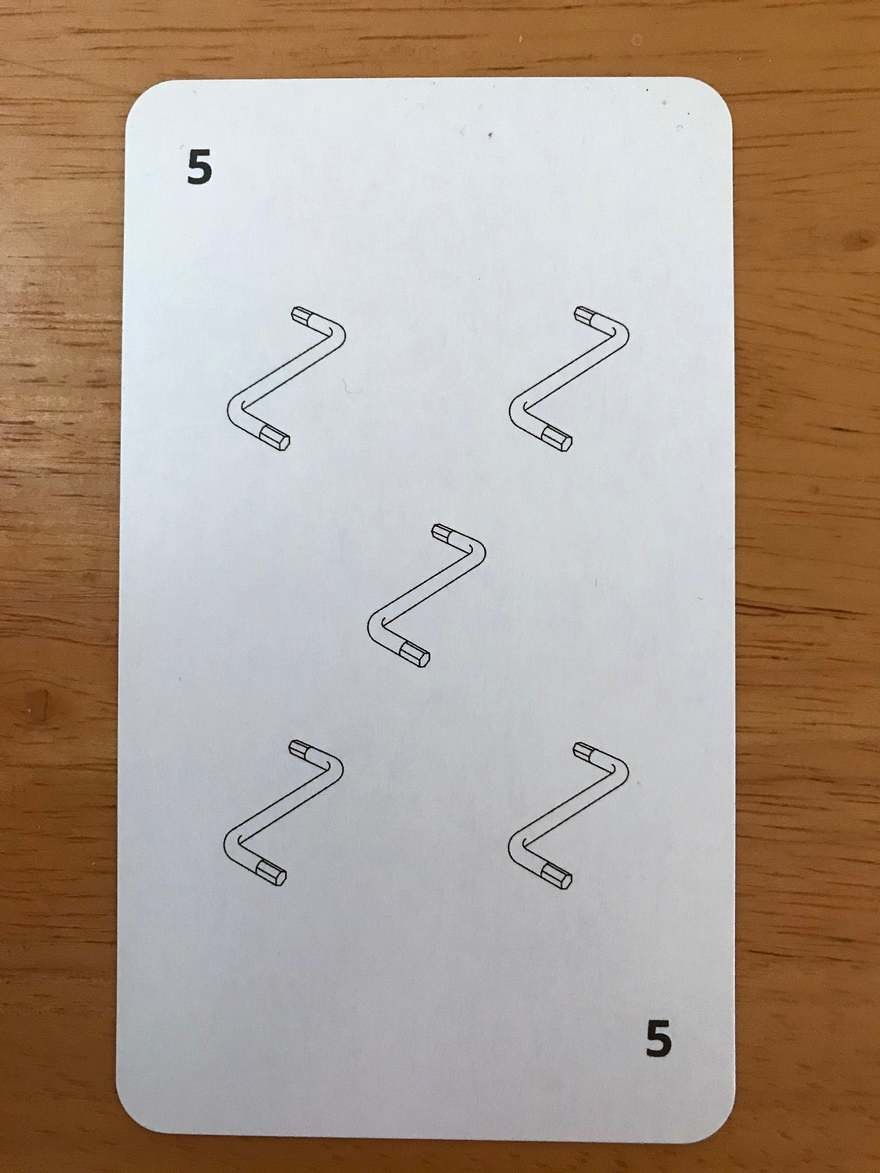 |
| VI | 5 |
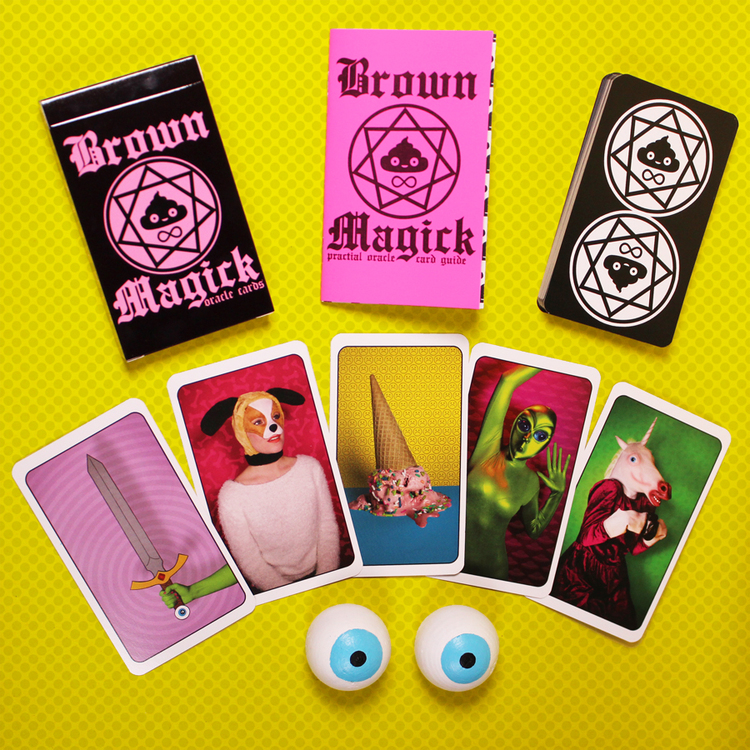
How the Mysterious ‘Brown Magick’ Oracle Card Deck Came to Be
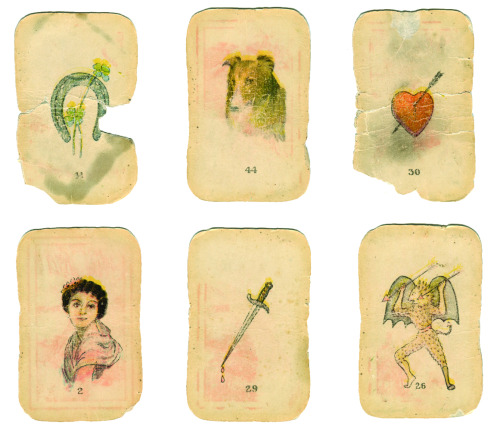
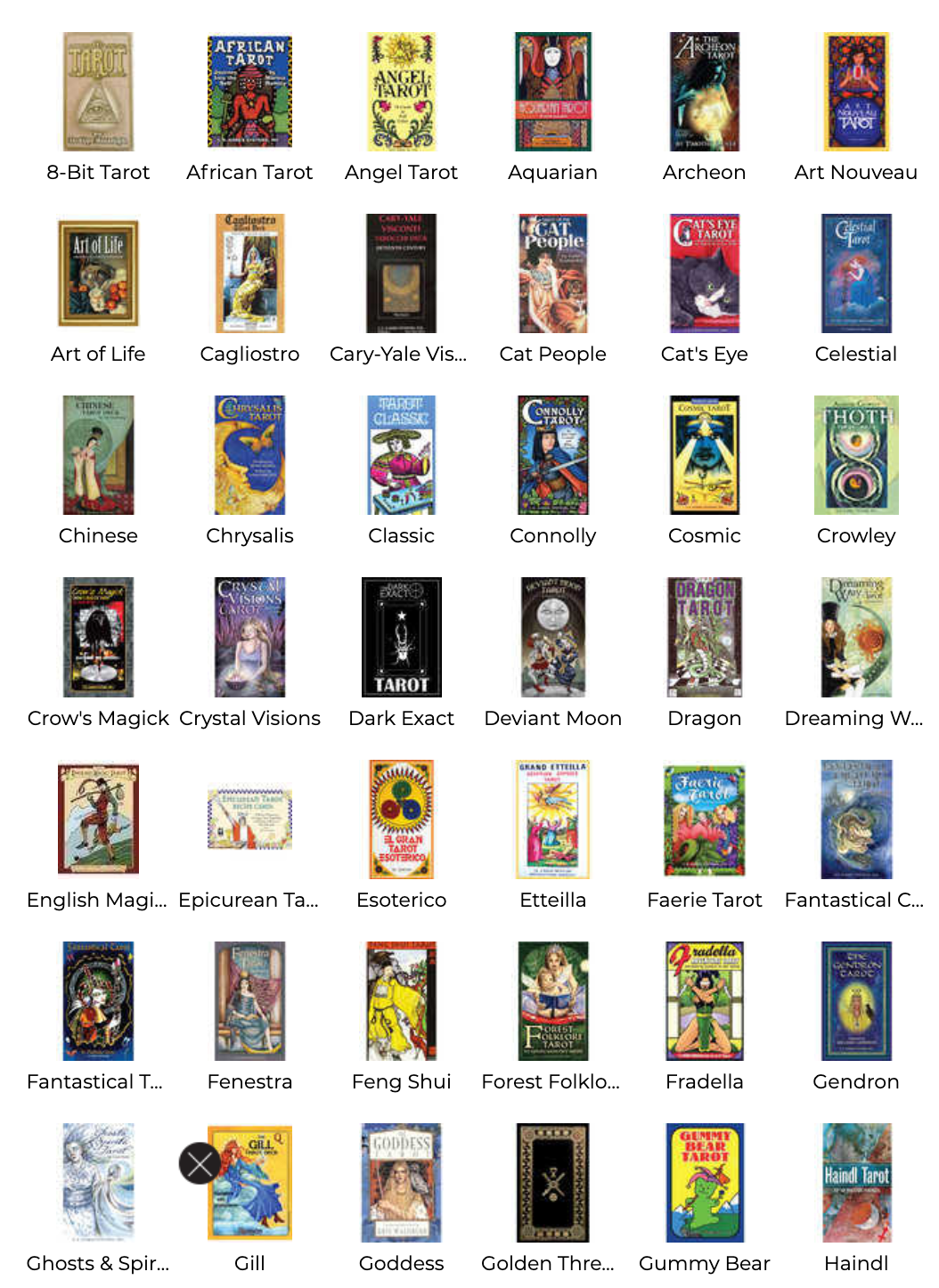 and so on, and so on…
and so on, and so on…
3 Design (thinking), Futures & Method cards

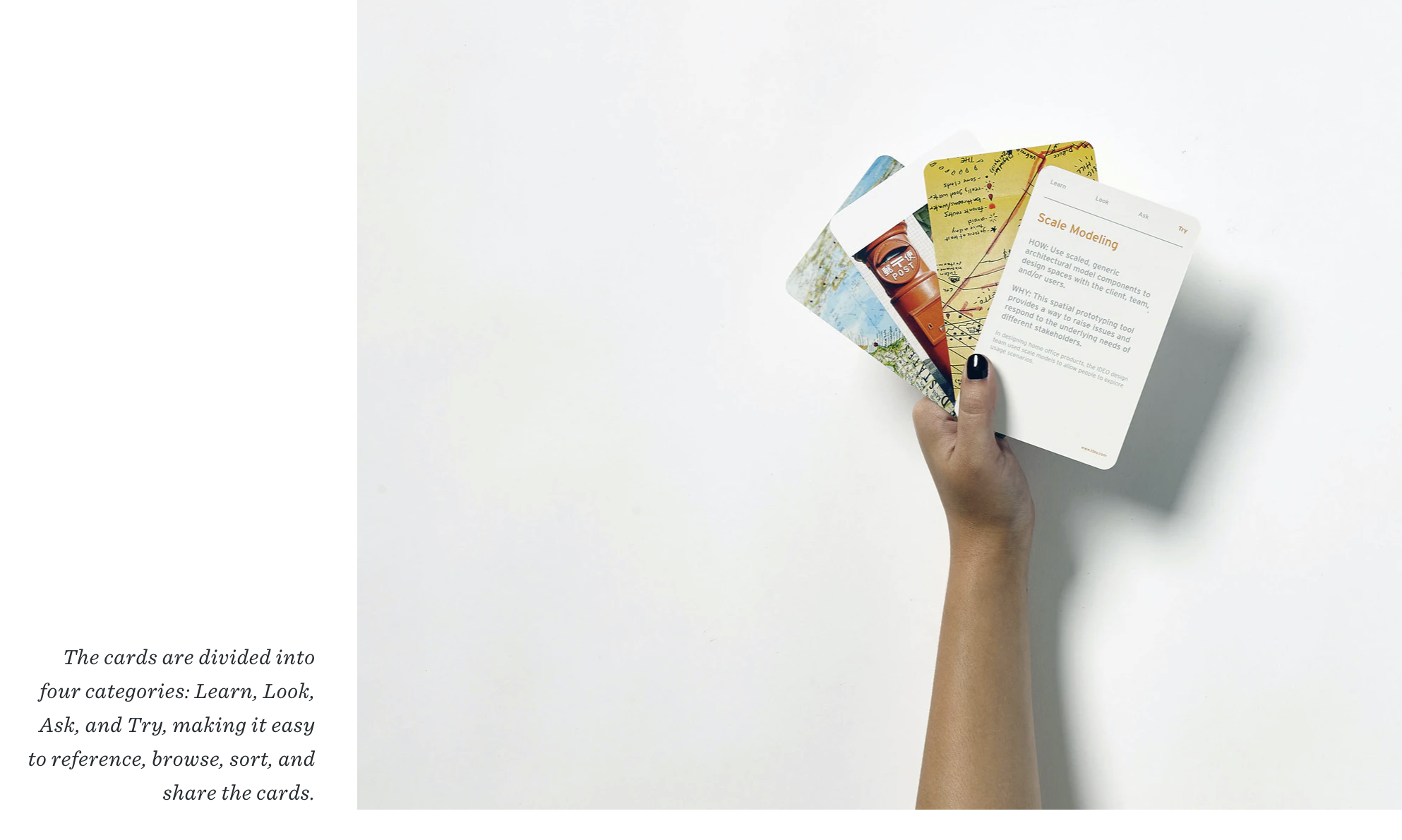
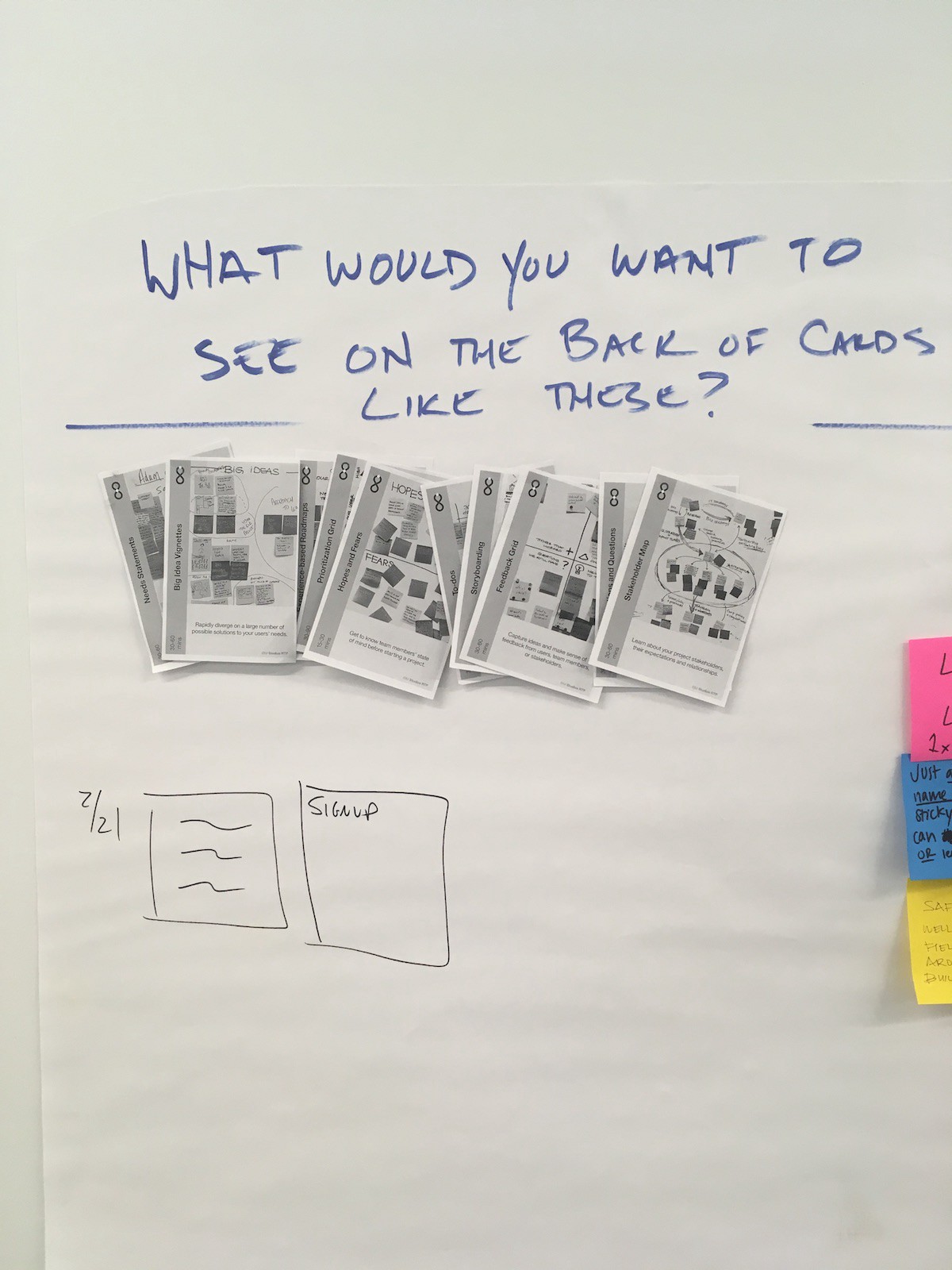
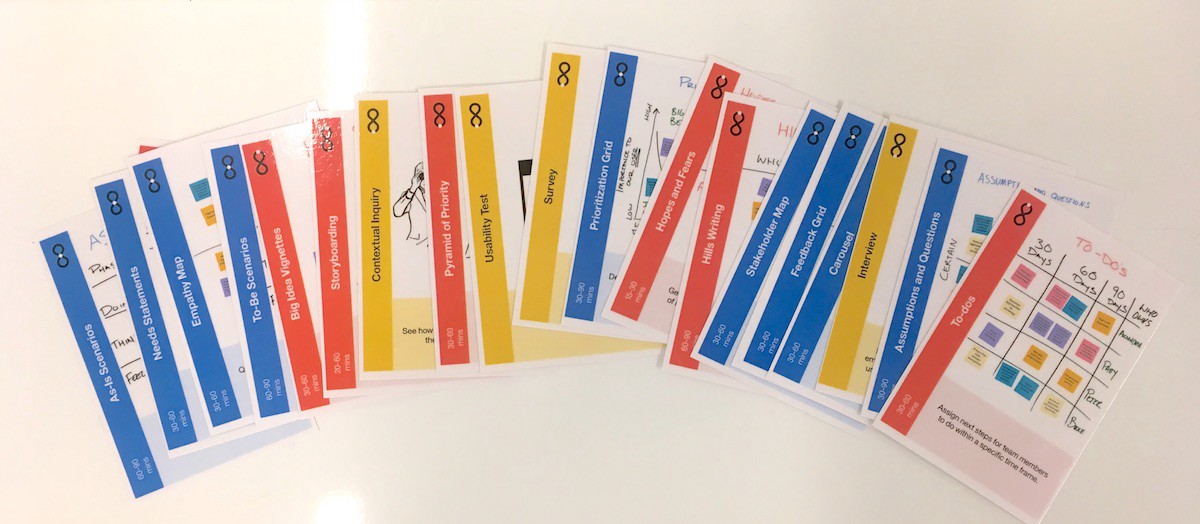
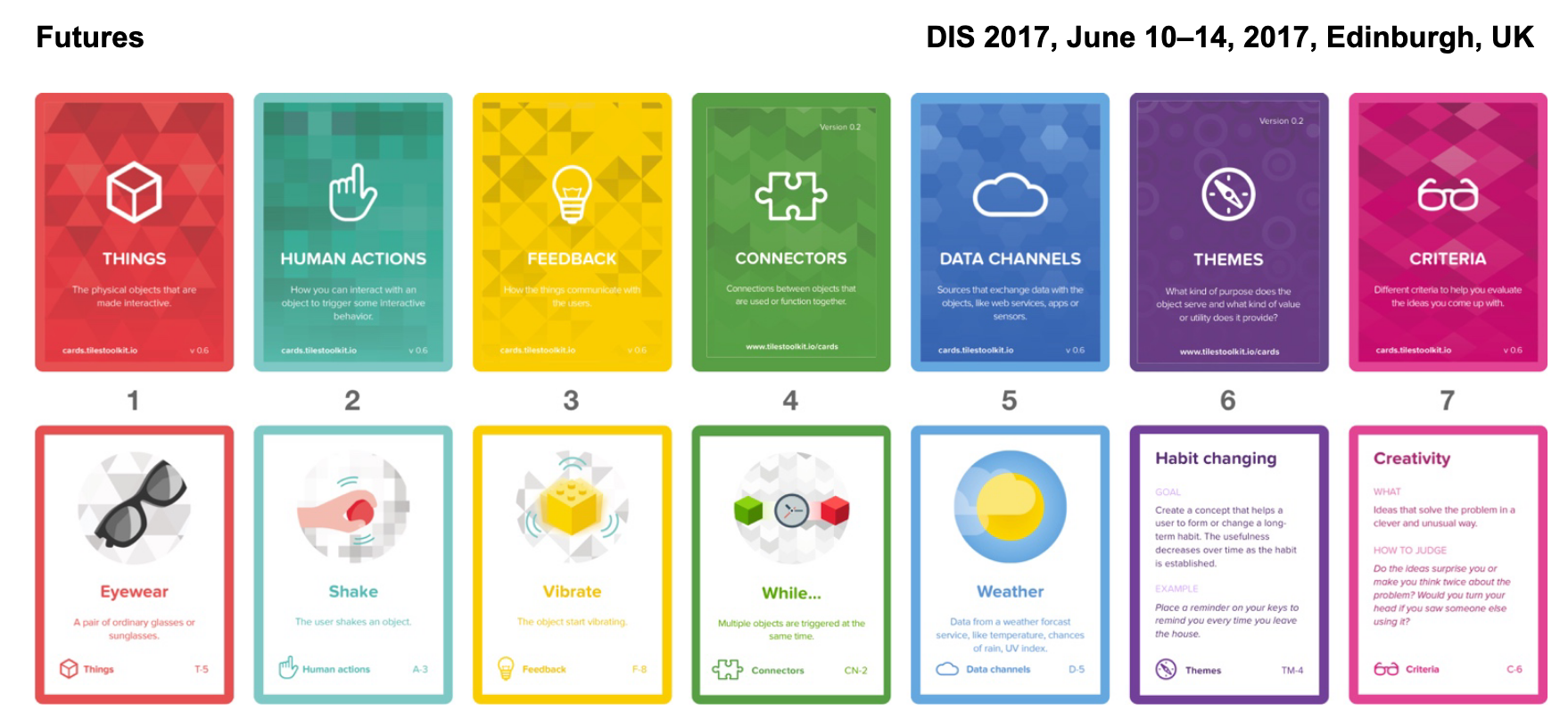

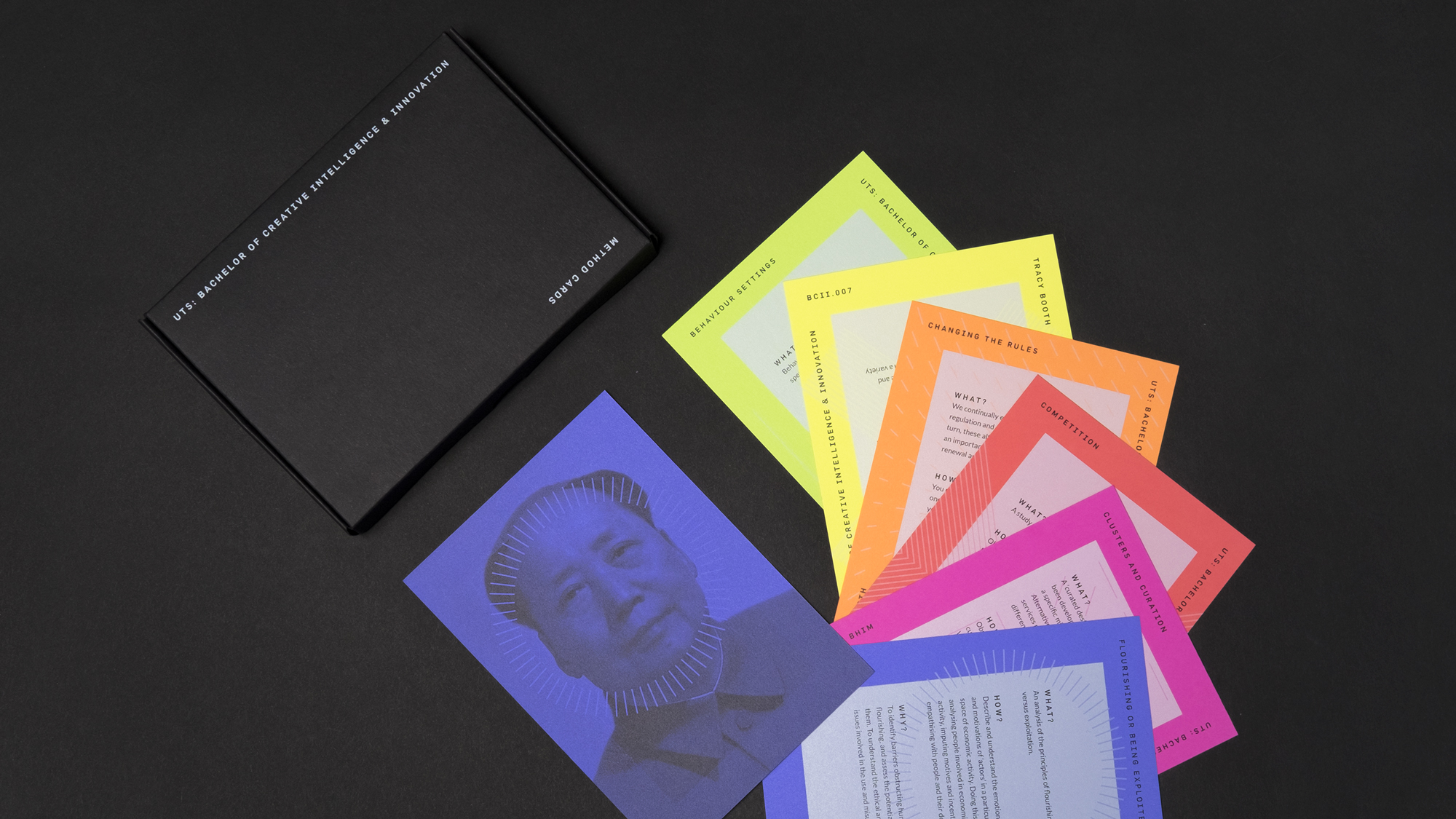
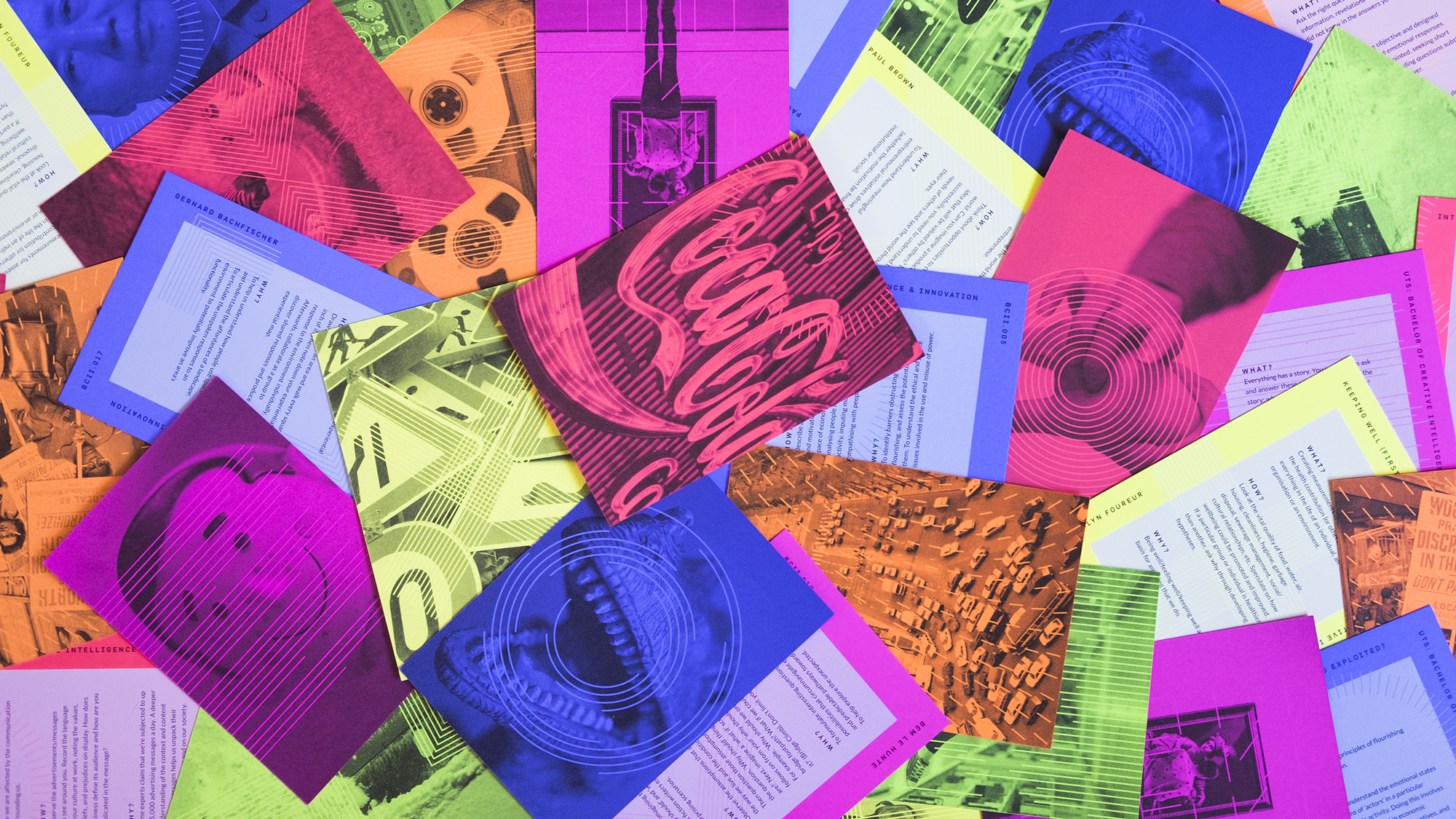
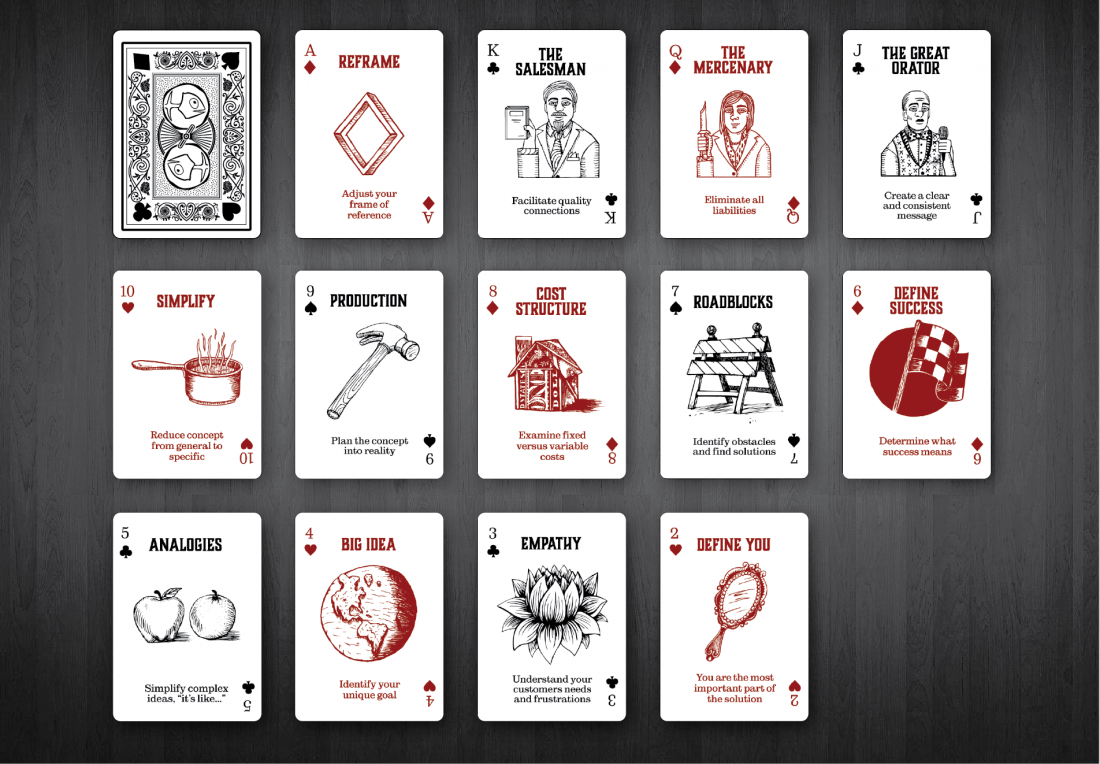
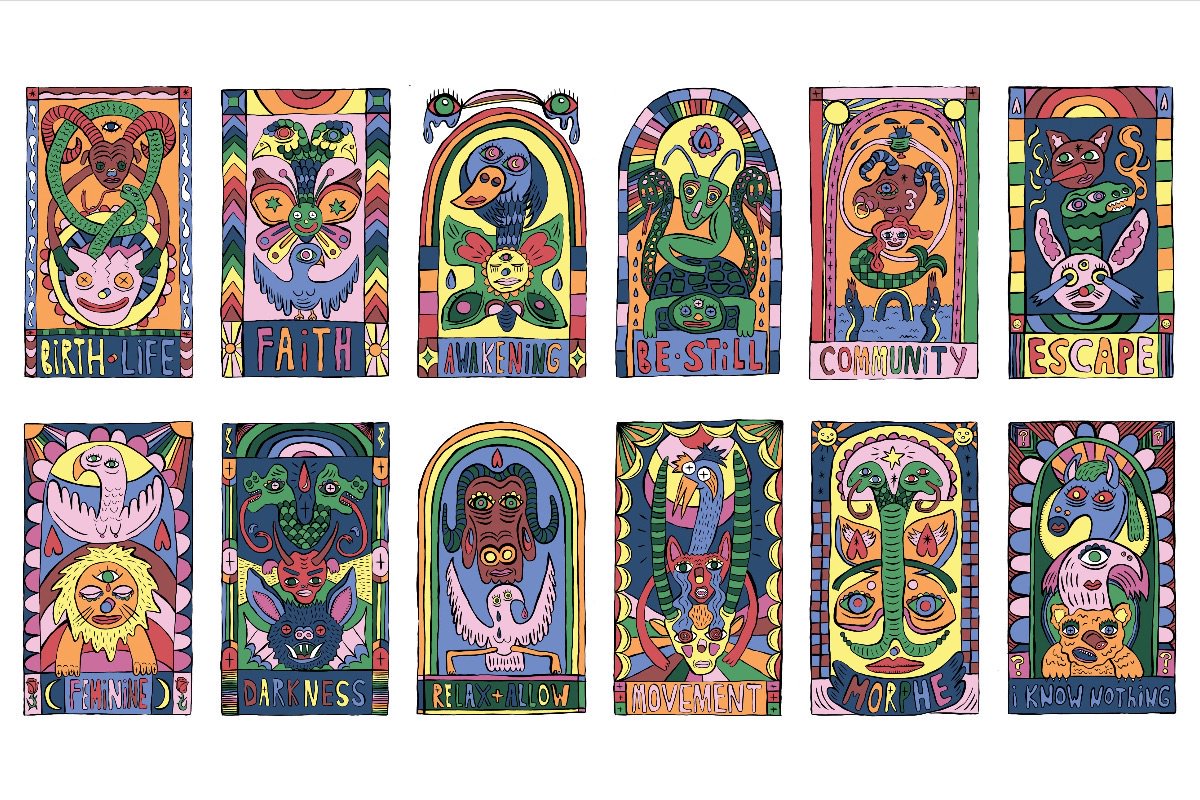
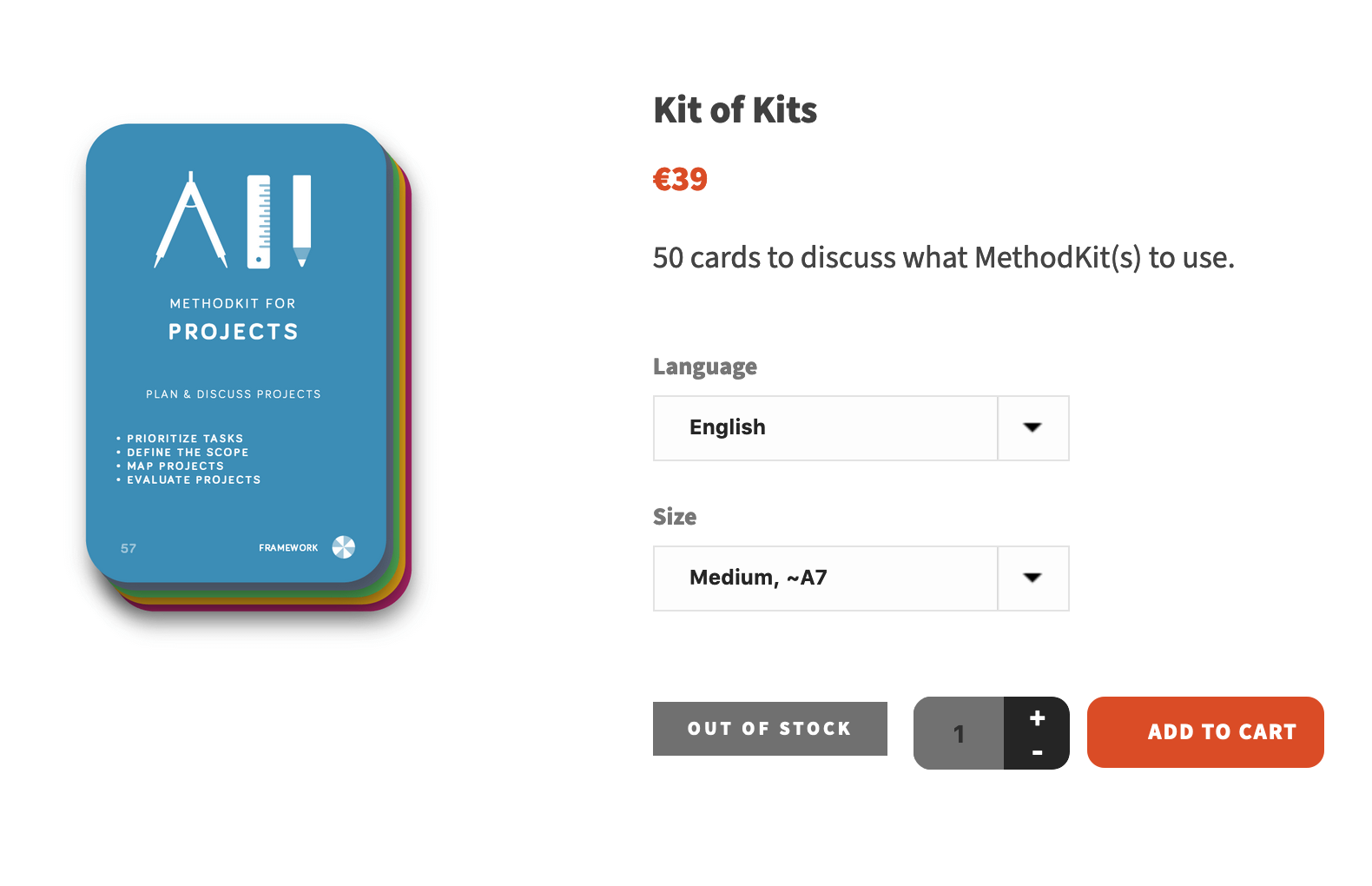
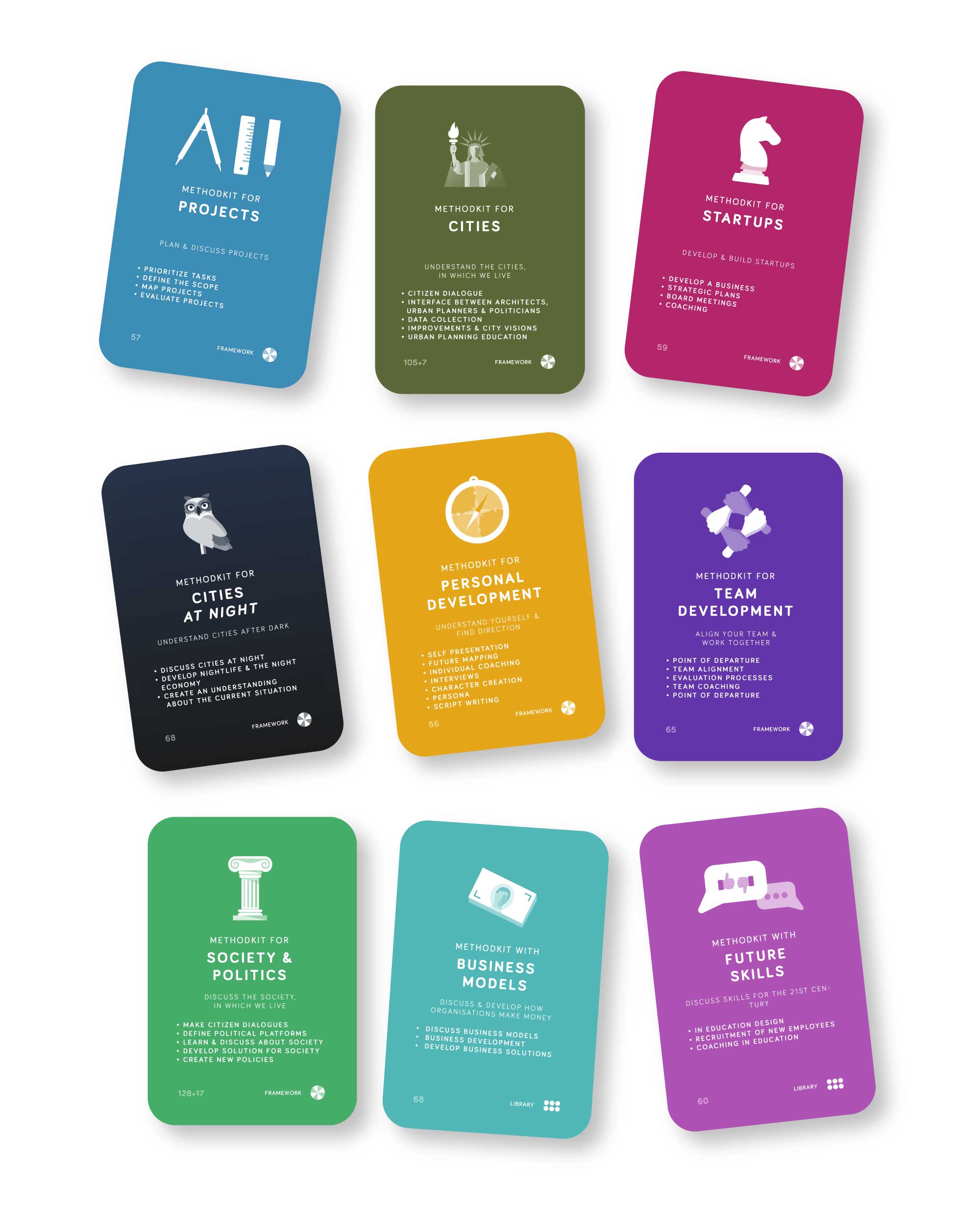
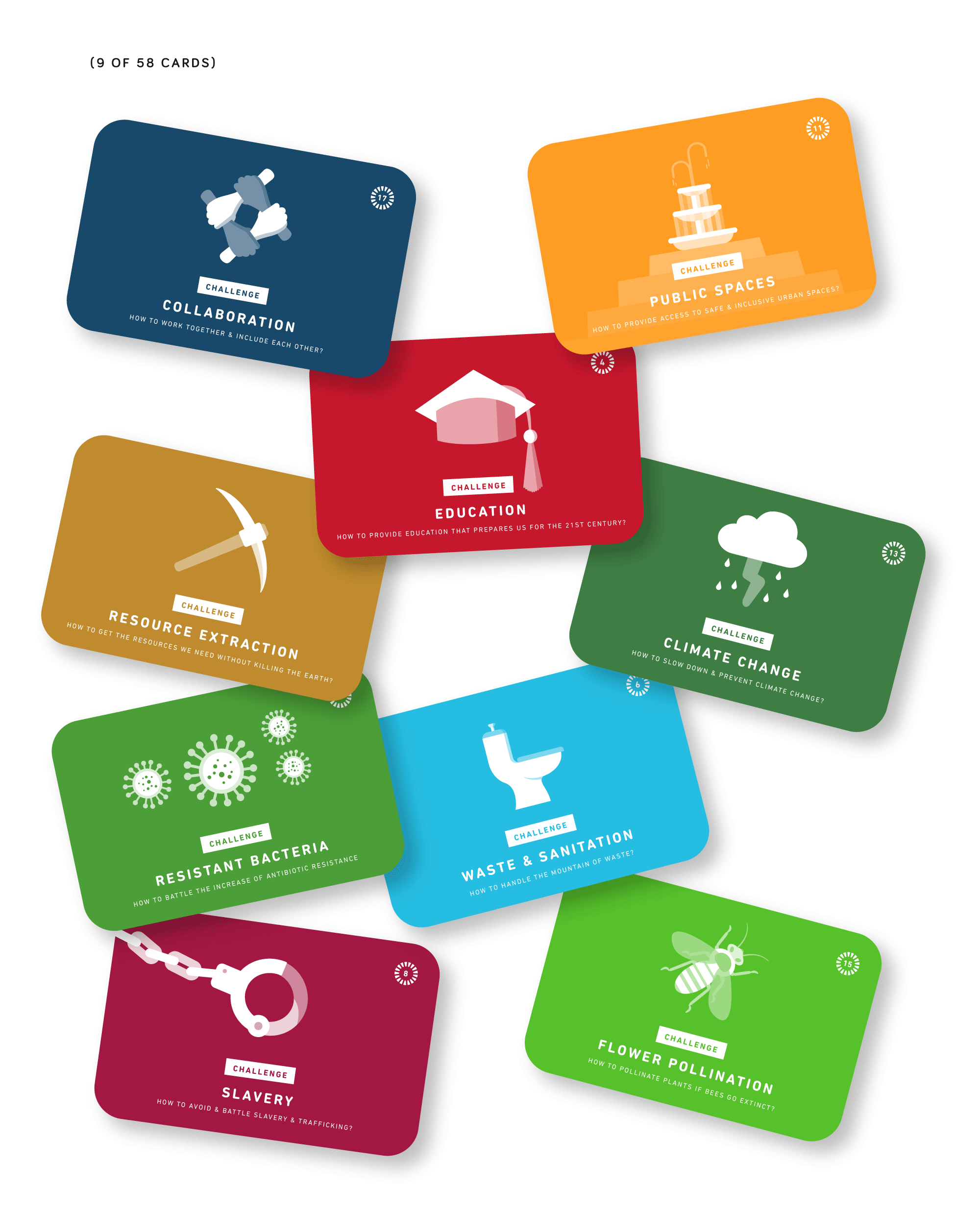
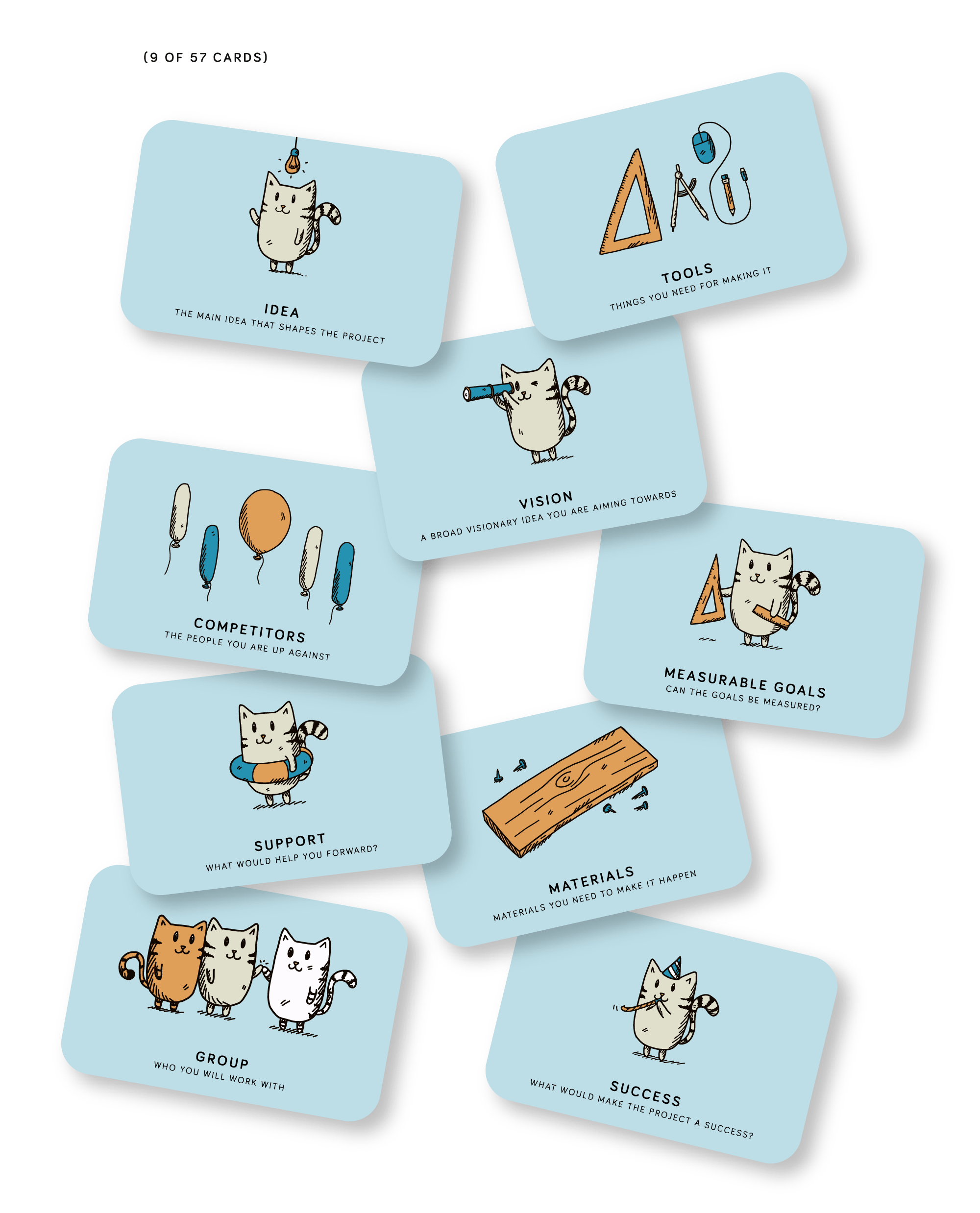
4 RPG cards
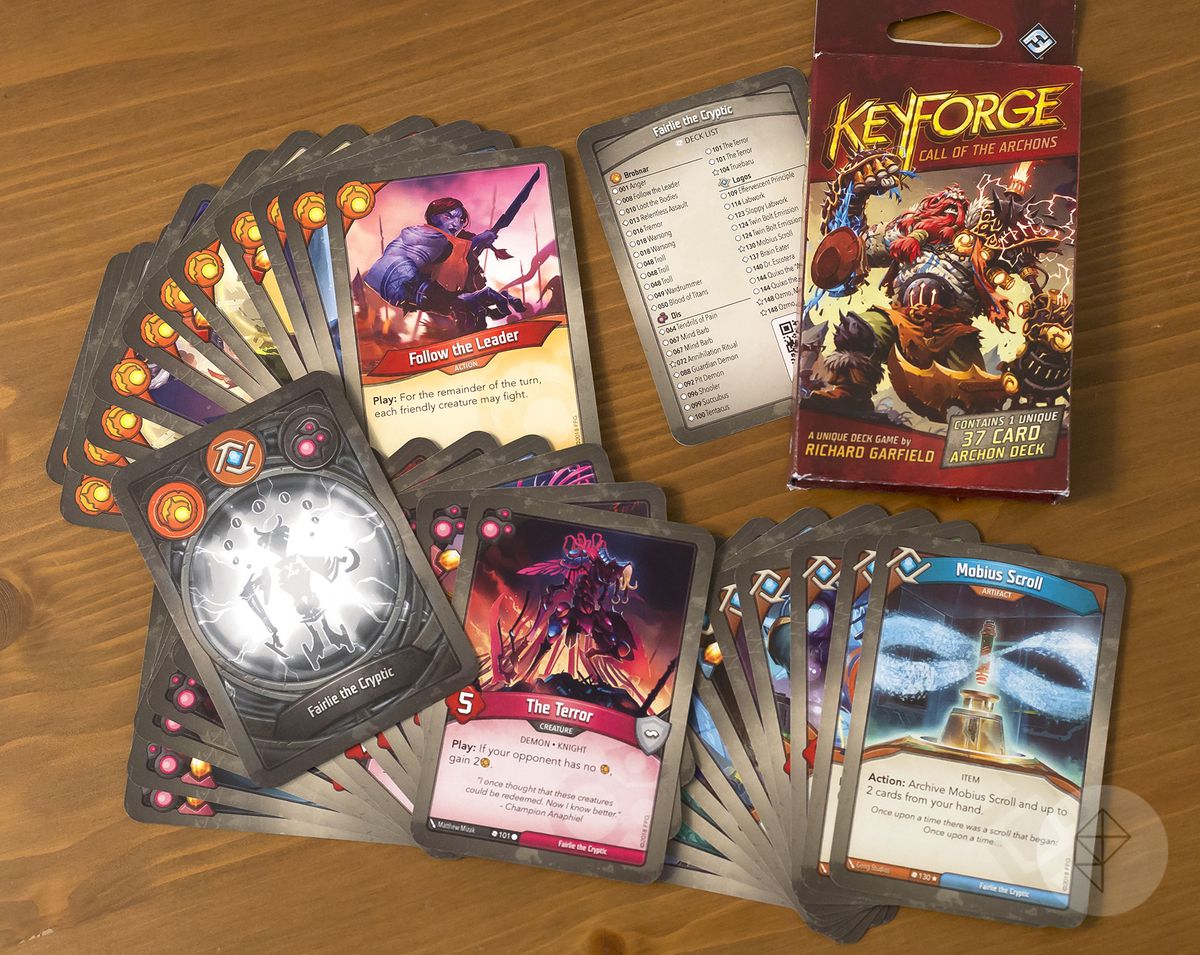

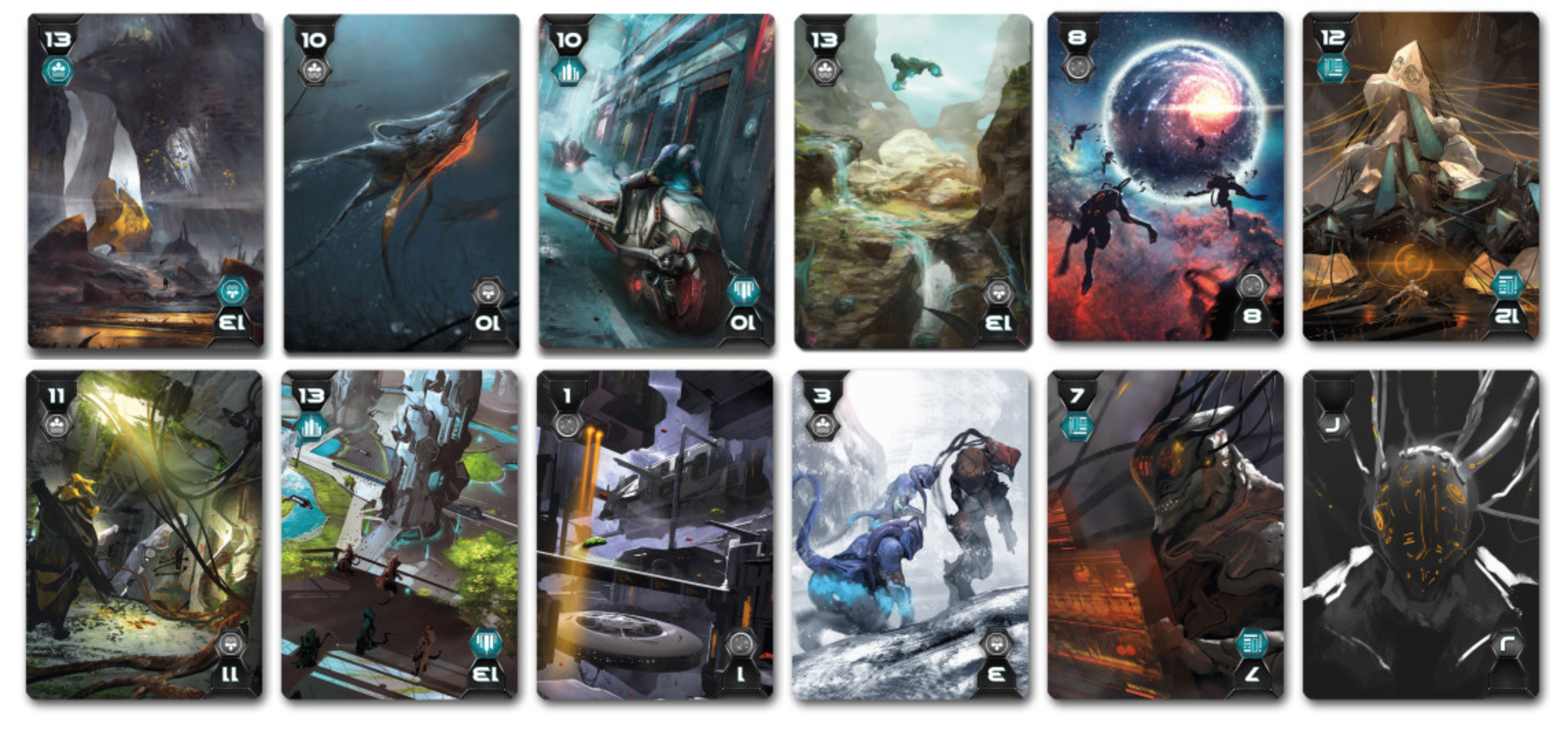
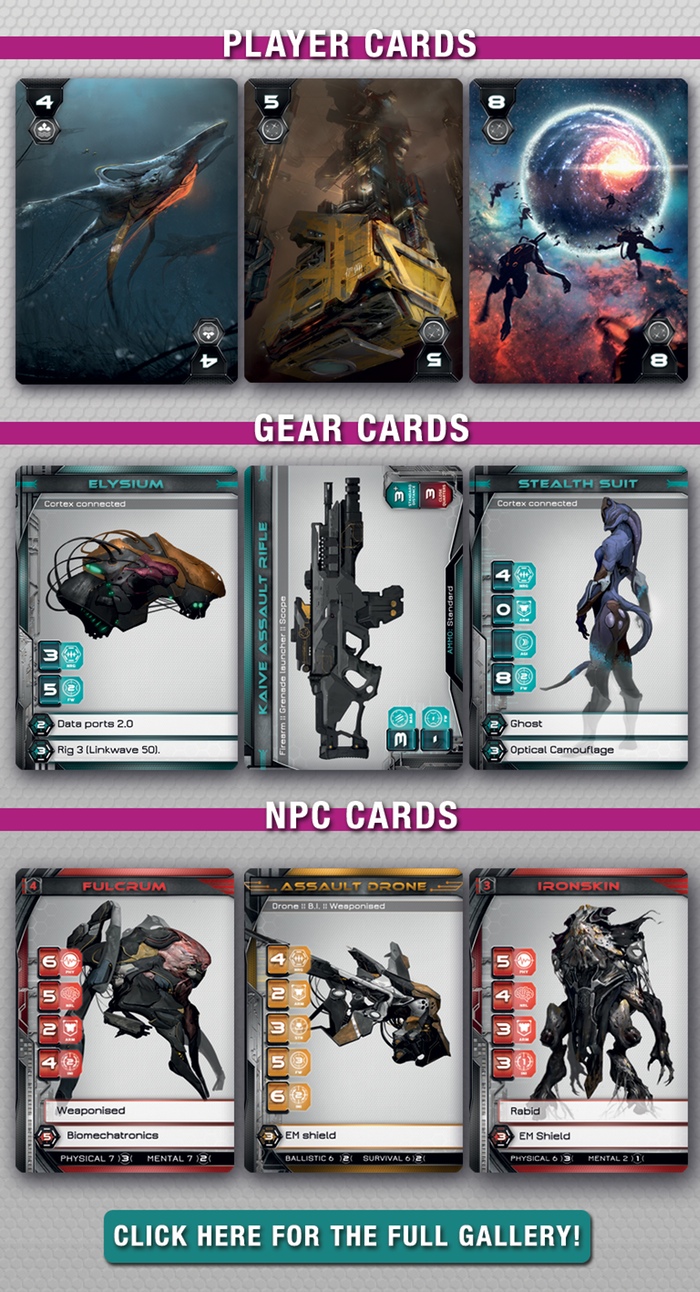
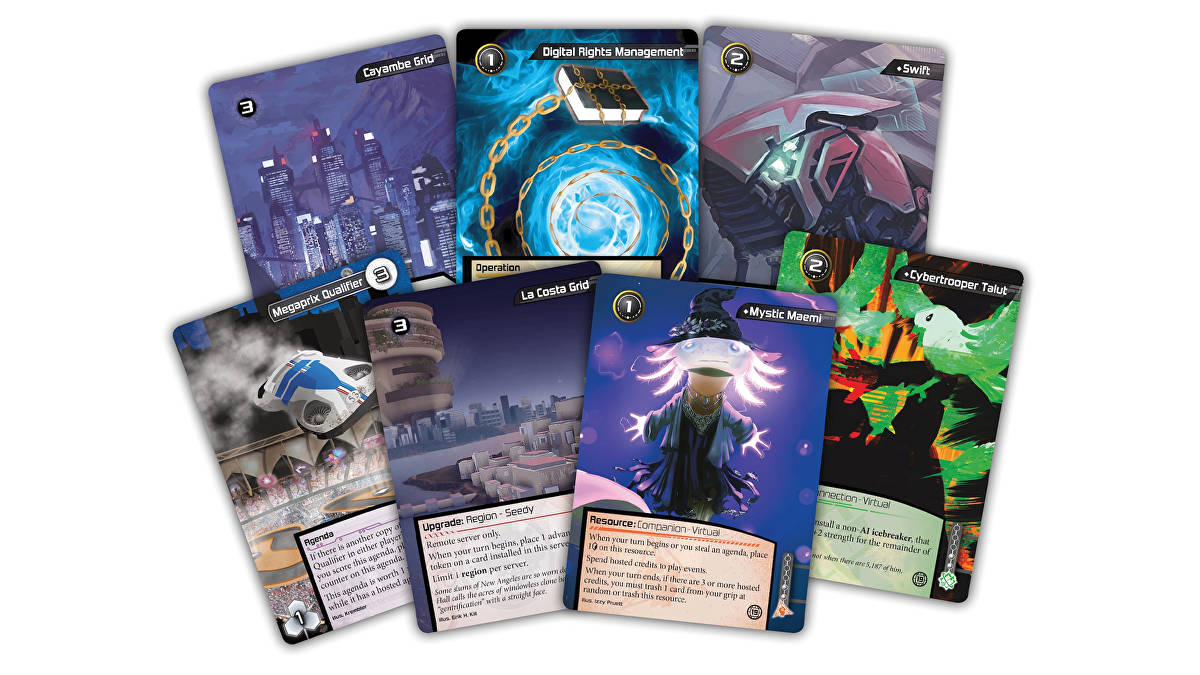
5 Kabufuda / Hanufuda
Hanafuda and Kabufuda “cards are tiny, only 2 1/8 by 1 1/4 inches (54 x 32 mm), but about three times thicker than Western cards. […] There are twelve suits, representing months of the year. Each is designated by a flower and has four cards. The point values should be considered merely as a ranking mechanism, as the most popular games only concern themselves with certain combinations of taken cards. ”
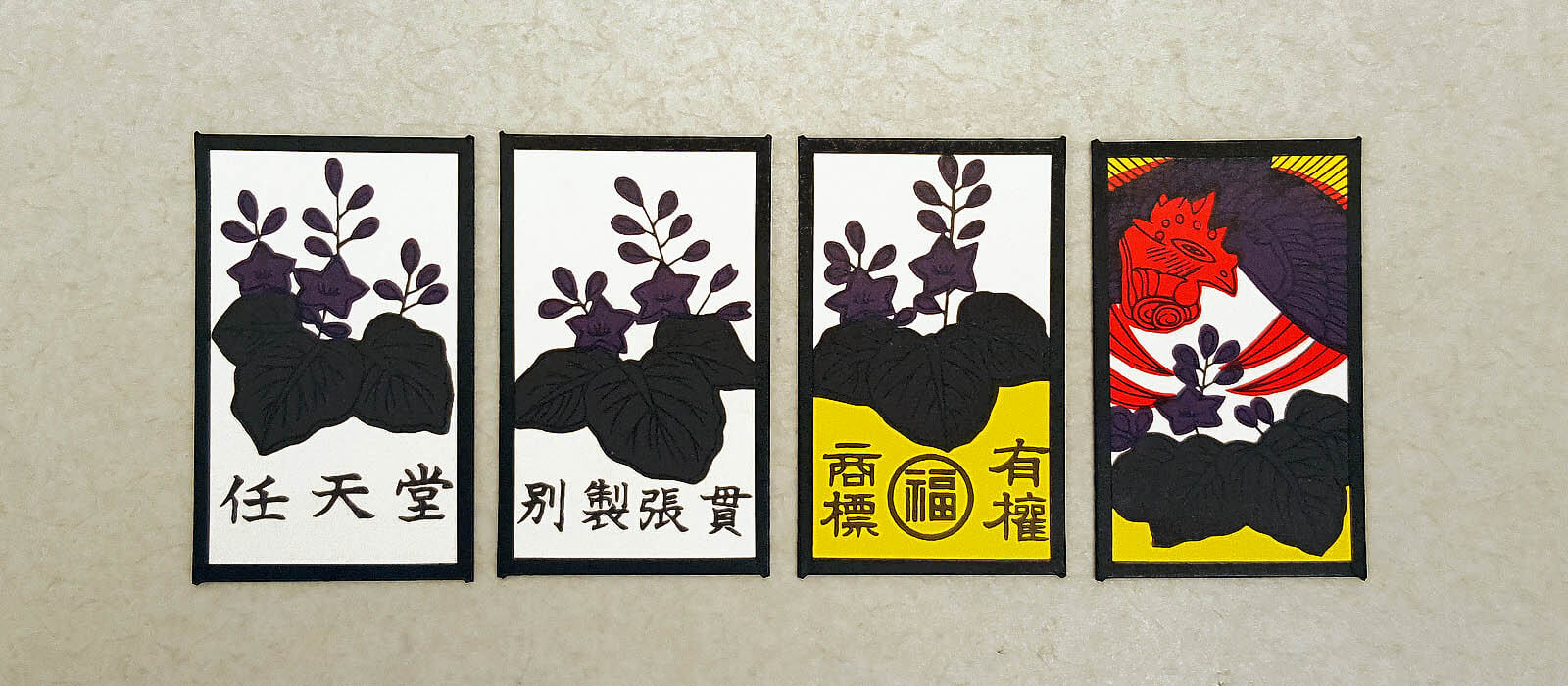
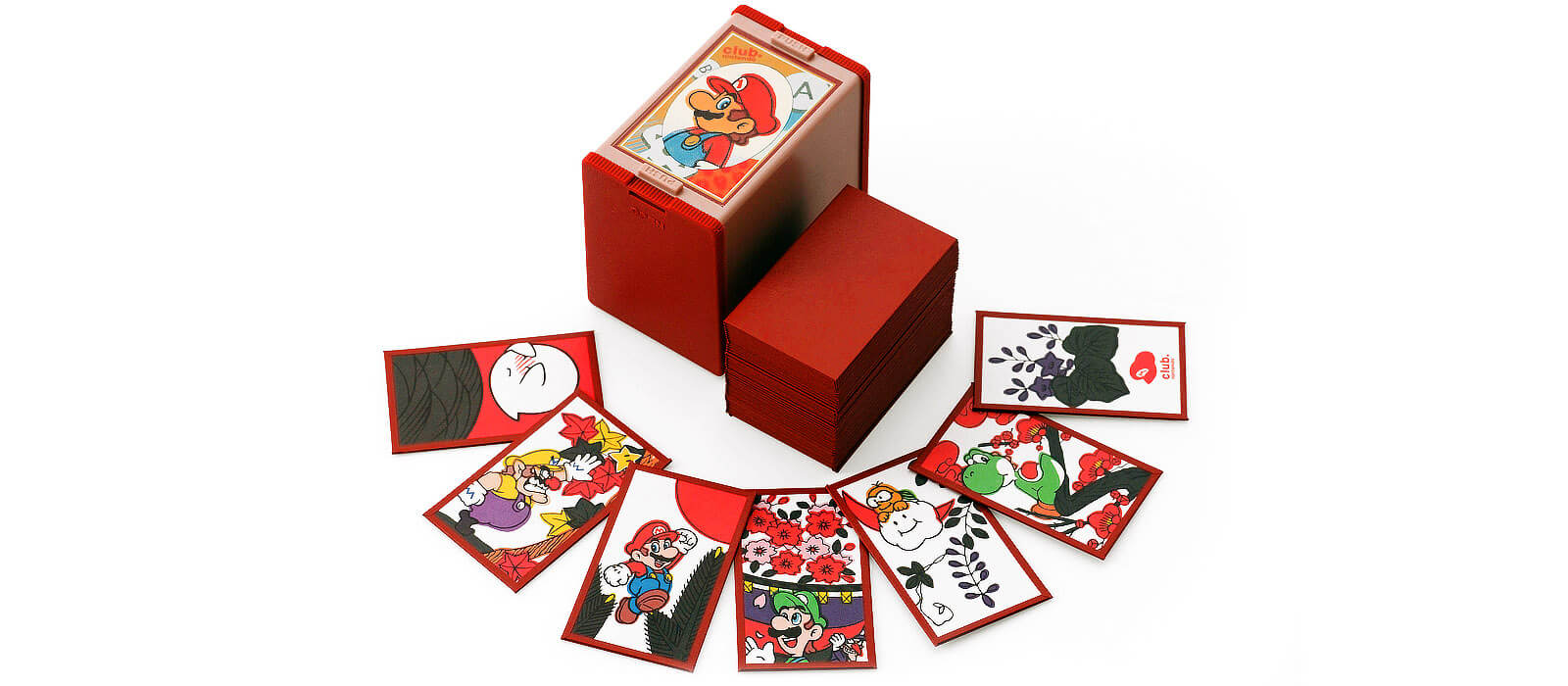
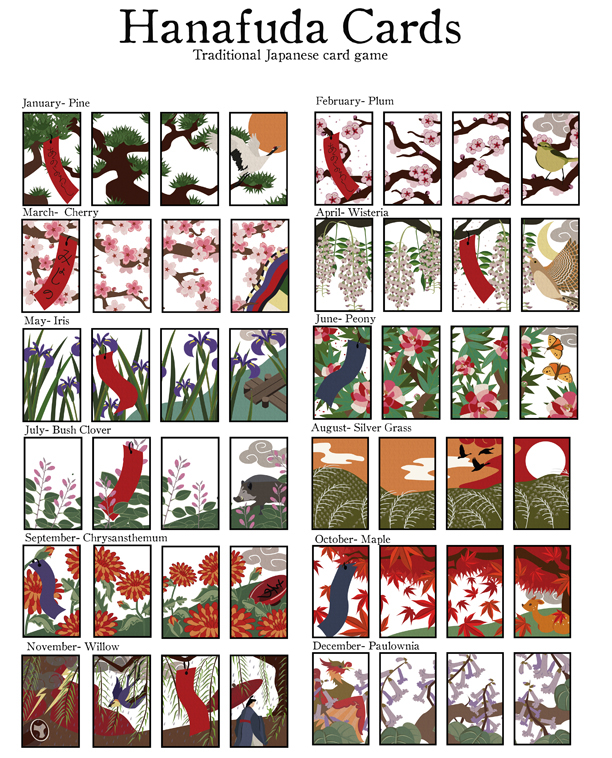
6 Dasavatara Ganjifa
“Ganjifa cards are used in India, Pakistan, Iran and Turkey, and are usually hand-painted. This version was printed chromo-lithographically by the Chitrasala Press in around 1950. Ten suits of twelve cards, each suit is based on one of the ten incarnations of Vishnu. An upper court card, Raja, a lower court card, Pradhan or Mantri, and ten numerals in each suit. Suits are: Matsya (fish), Kurma (turtle), Varaha (boar), Narasimha (lion), Vamana (water pot), Parashurama (axe), Rama (bow & arrow, or monkey), Krishna (quoit or cow), Buddha (conch) and Kalkin (sword or horse).” https://www.wopc.co.uk/india/dasavatara
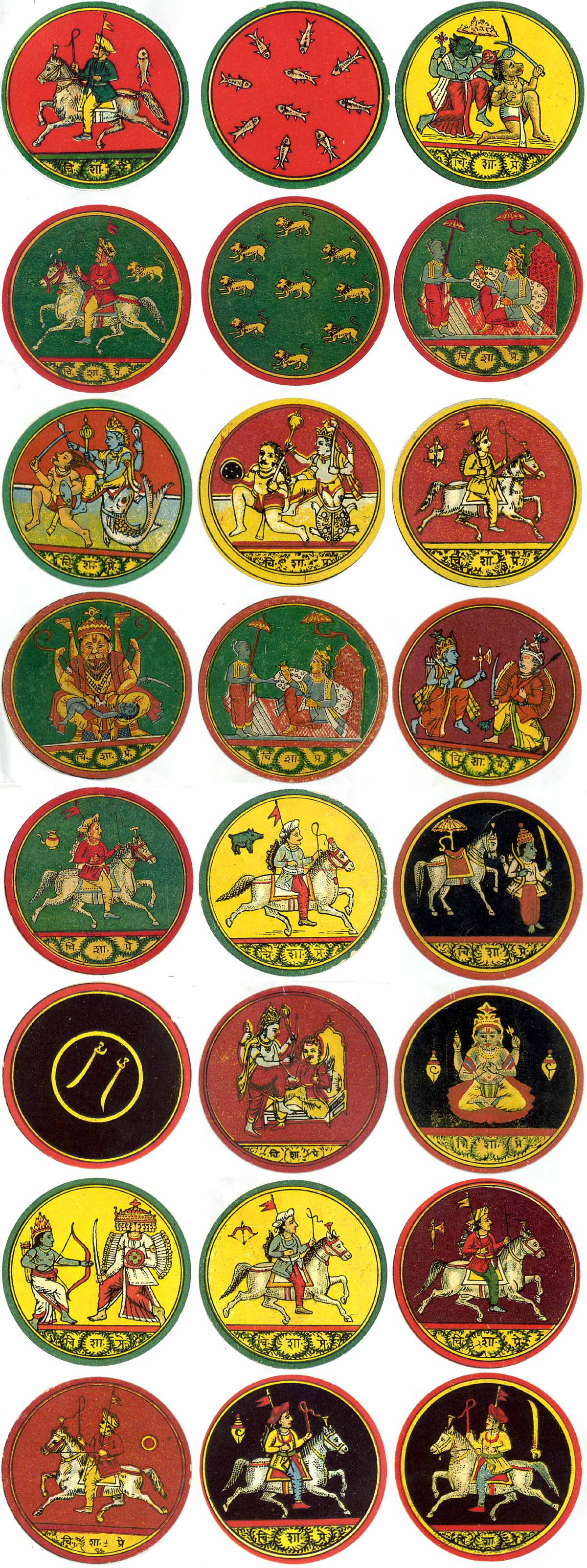
7 The Children’s Alphabetical Packs
“At least three different editions of the cards were published; two with Marathi text and a third edition in Urdu. The cards were obviously intended as a game for fun but also with an educational agenda, i.e. the teaching of reading, matching and etiquette.”

8 Tonalamatl
“Baraja Tonalamatl Mexican Aztec playing cards based on the prehispanic Codex Borgia manuscript - “A synthesis of Mesoamerican Cosmogonical, Chronometrical, Astronomical and Mathematical thought”. The cards run from 1 - 13 in each colour, plus 20 violet cards and six extra cards, making a total of 78 cards.“ https://www.wopc.co.uk/mexico/tonalamatl
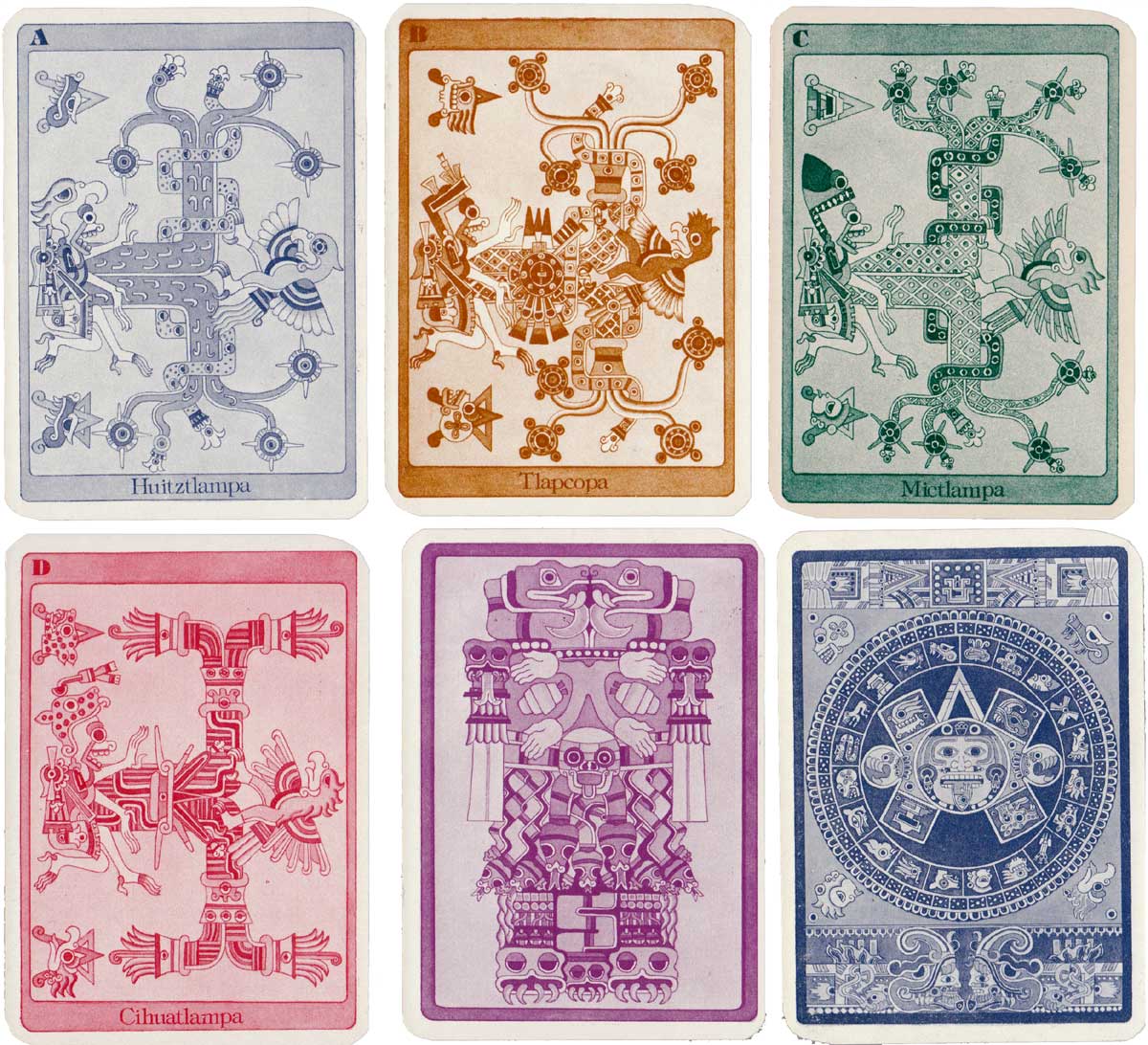
9 Hakka (客家)
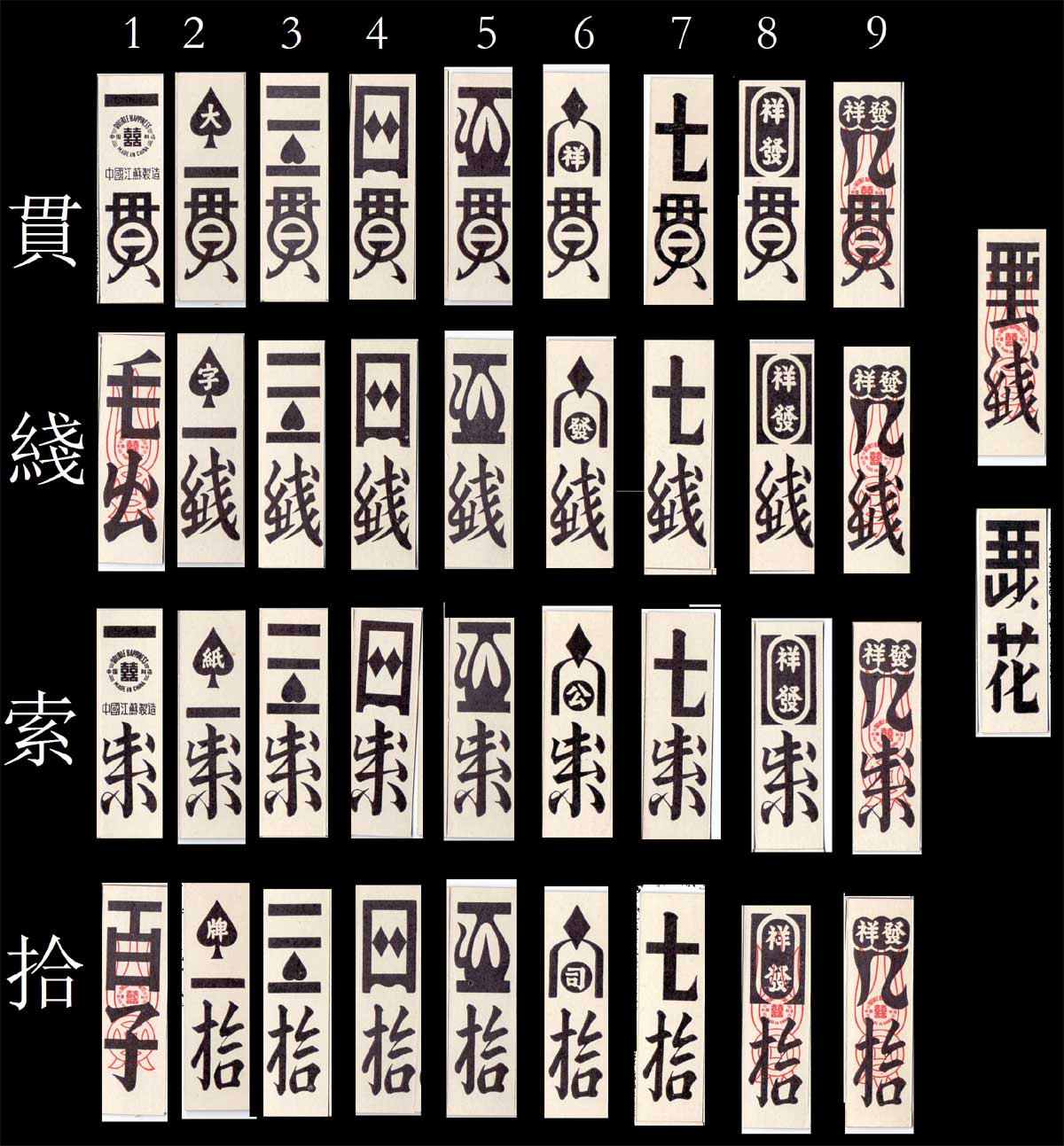
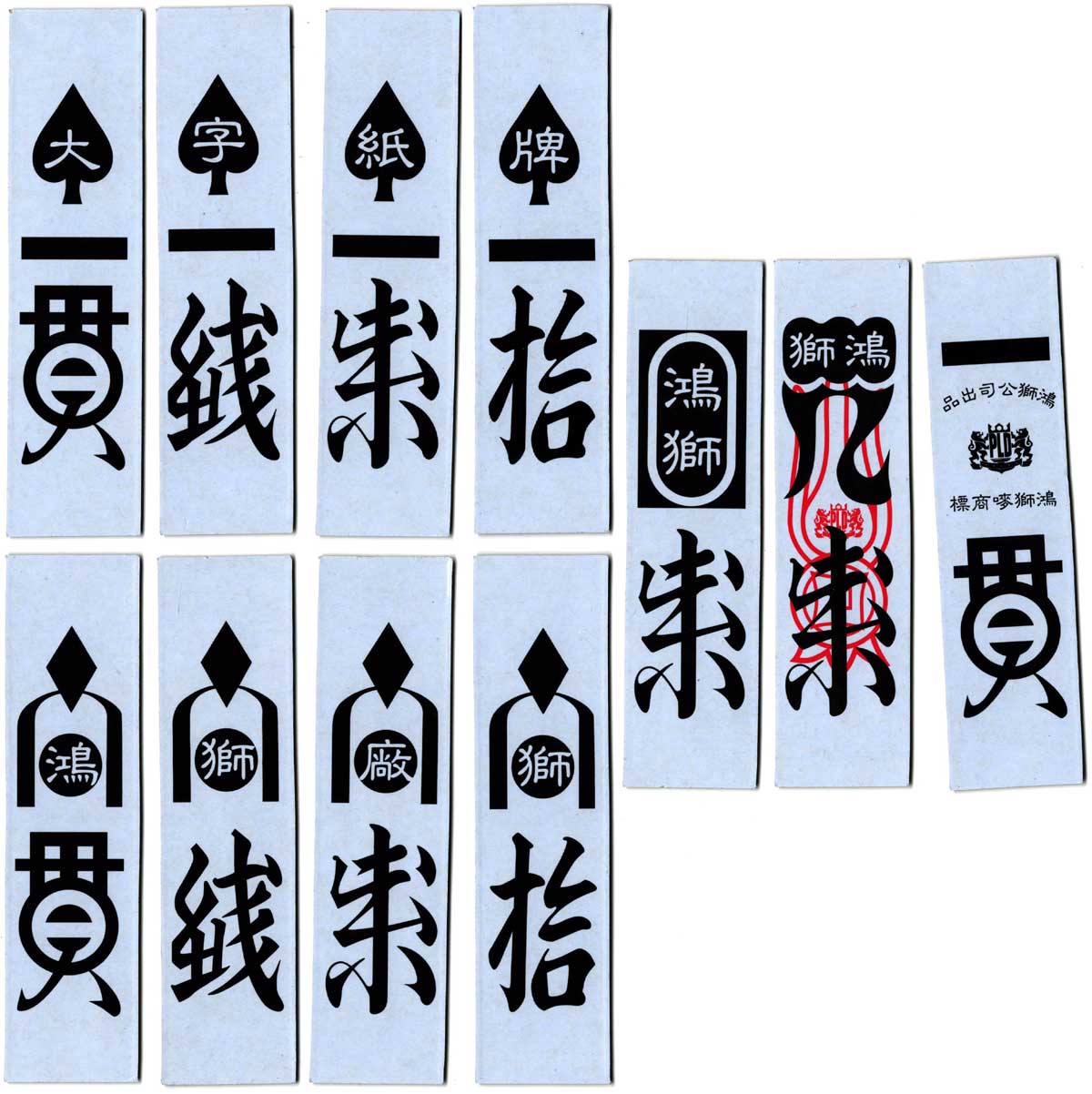
10 Logica Memorativa
‘Influenced by Byzantium, Vittorino da Feltre's school 'La Giocosa' revived in Italy the habit of using exercise-games in elementary levels of teaching. From that model, perhaps, the Franciscan named Thomas Murner in the late fifteenth century devised his course for teaching elements of logic. He presented students (in parallel with his 16 written lectures as 'Letters' or charta), with suites of practical exercises and mnemonic diagrams to supplement and reinforce students' memory of the material. Each lecture was linked with its associated exercises and diagrams by use of a common emblem, the 16 emblems speaking to philosophical symbolism and to stages of progress through academe's 'little year.' ’ https://www.wopc.co.uk/germany/murner
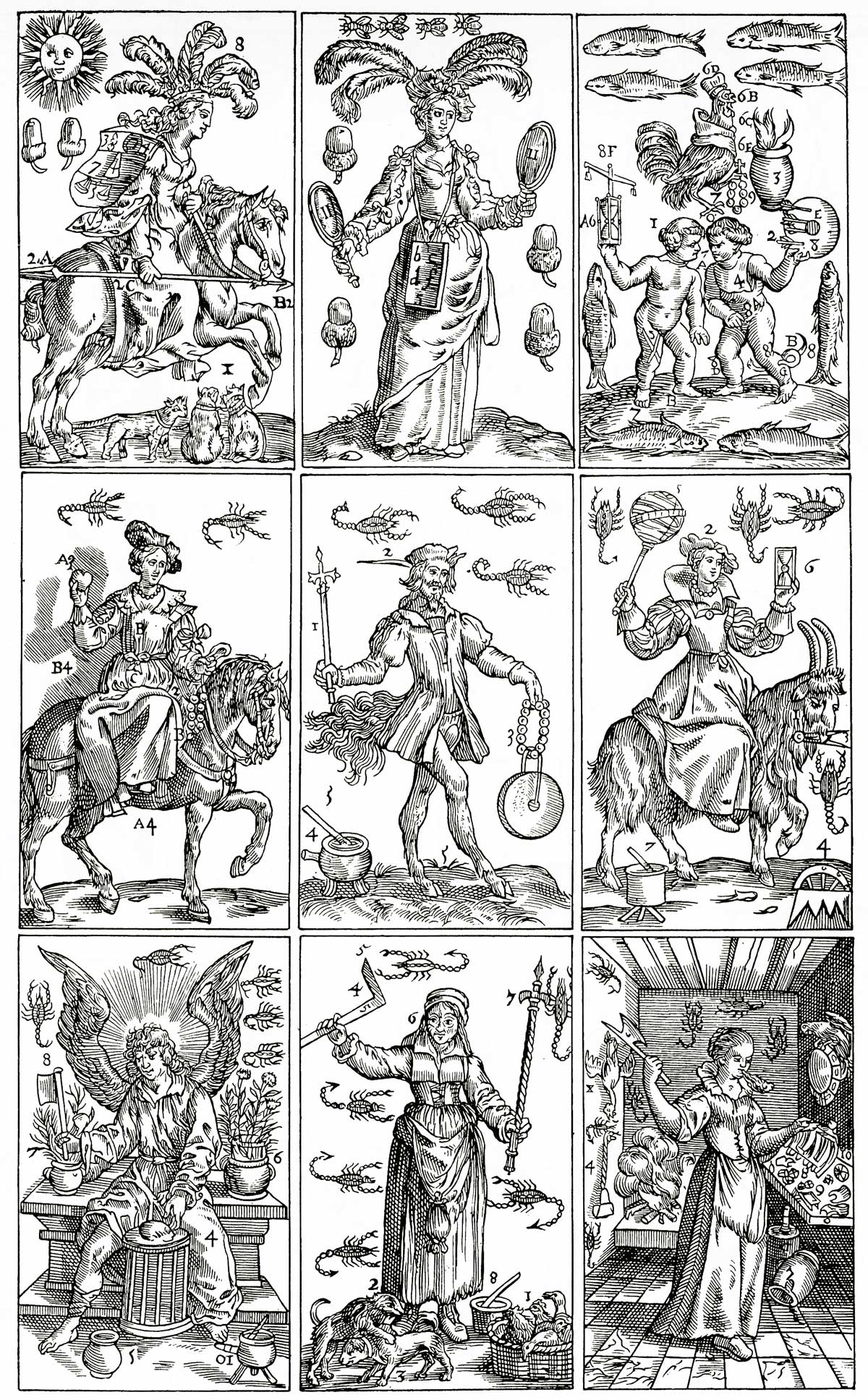
11 corners, miniatures & indices
“My invention consists in combining a number or letter with an emblem - such as a heart, spade, club or diamond - so that upon seeing the emblem, which may be in a corner, the denomination of the card is at once understood.” https://www.wopc.co.uk/cards/corner-indices
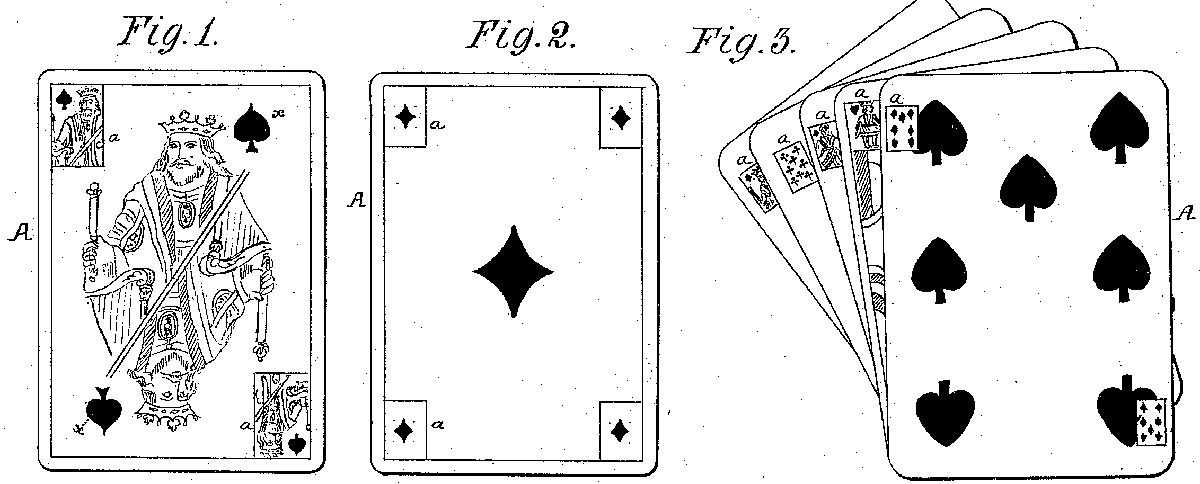
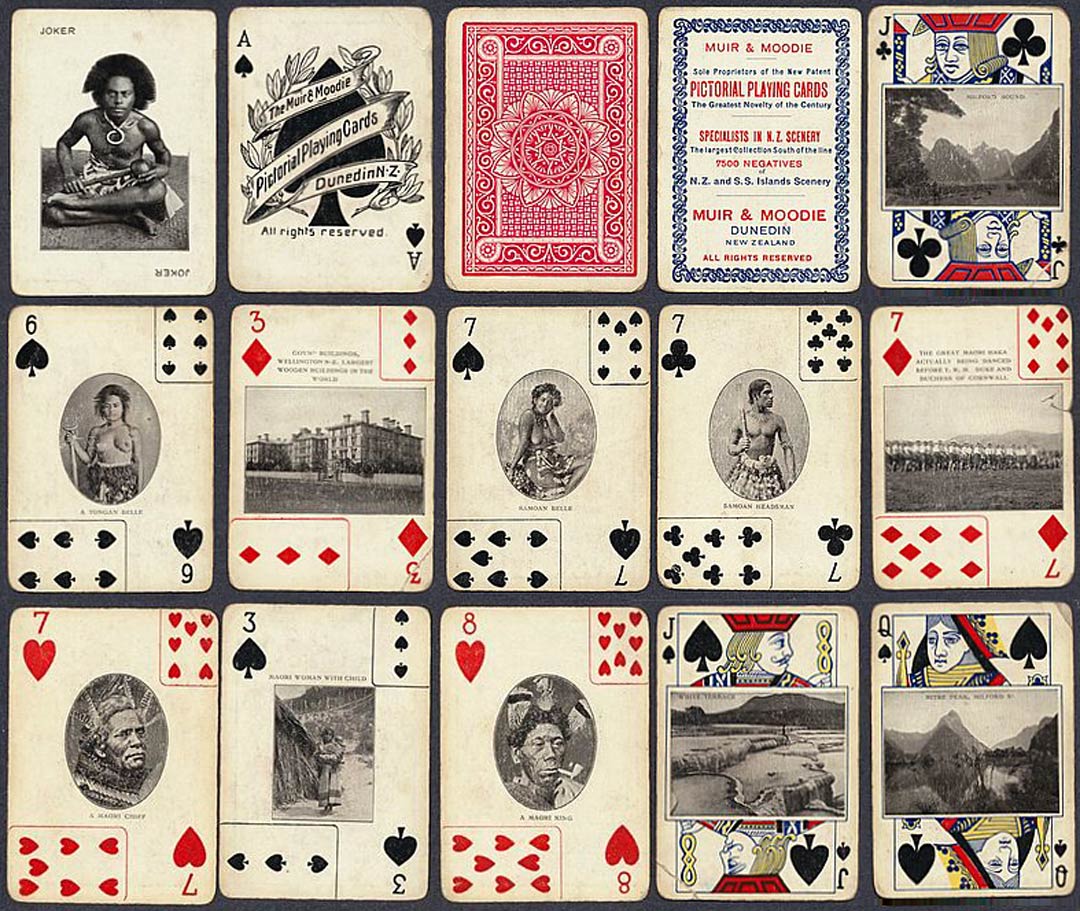
12 miscellanea
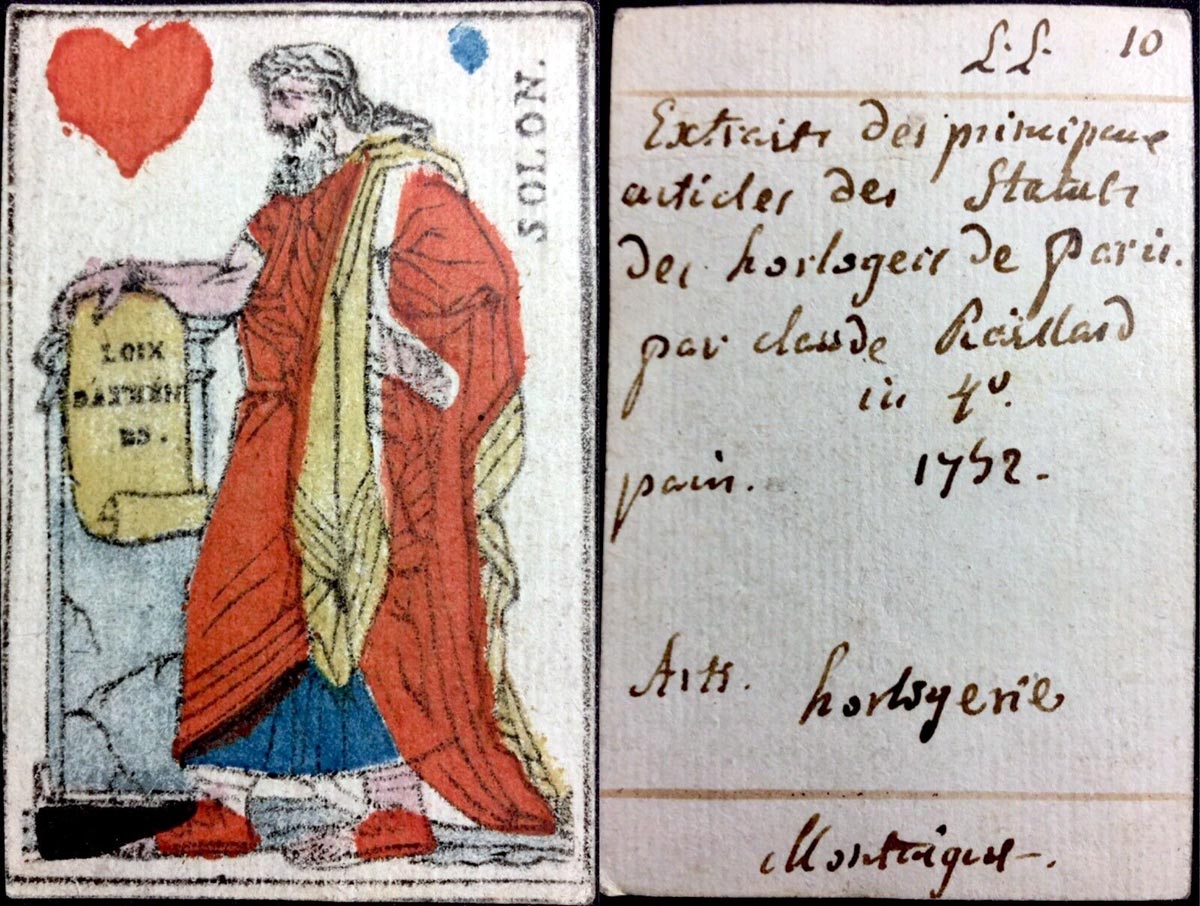
“Card RPGs seem to be all the rage now and there is good reason for that: phones. It’s an easy concept to toss out to people on their commute and when trying to kill some time.” https://www.thegamer.com/best-card-rpgs-ranked/
design in progress > https://www.kickstarter.com/discover/advanced?term=cards

13 various artists



